Install Steam
login
|
language
简体中文 (Simplified Chinese)
繁體中文 (Traditional Chinese)
日本語 (Japanese)
한국어 (Korean)
ไทย (Thai)
Български (Bulgarian)
Čeština (Czech)
Dansk (Danish)
Deutsch (German)
Español - España (Spanish - Spain)
Español - Latinoamérica (Spanish - Latin America)
Ελληνικά (Greek)
Français (French)
Italiano (Italian)
Bahasa Indonesia (Indonesian)
Magyar (Hungarian)
Nederlands (Dutch)
Norsk (Norwegian)
Polski (Polish)
Português (Portuguese - Portugal)
Português - Brasil (Portuguese - Brazil)
Română (Romanian)
Русский (Russian)
Suomi (Finnish)
Svenska (Swedish)
Türkçe (Turkish)
Tiếng Việt (Vietnamese)
Українська (Ukrainian)
Report a translation problem




 To learn more about the design behind this system, we spoke with game designer Vojtěch P., who has been leading the development of this feature since February. He began by sharing a little about his passions growing up and how his journey led him to SCS Software: “I always loved making visual stuff. My interests eventually shifted over time, from graphic design to illustration to animation to indie games, and ultimately I found myself at SCS, where I hope I’ll stay for a little longer.”
To learn more about the design behind this system, we spoke with game designer Vojtěch P., who has been leading the development of this feature since February. He began by sharing a little about his passions growing up and how his journey led him to SCS Software: “I always loved making visual stuff. My interests eventually shifted over time, from graphic design to illustration to animation to indie games, and ultimately I found myself at SCS, where I hope I’ll stay for a little longer.” 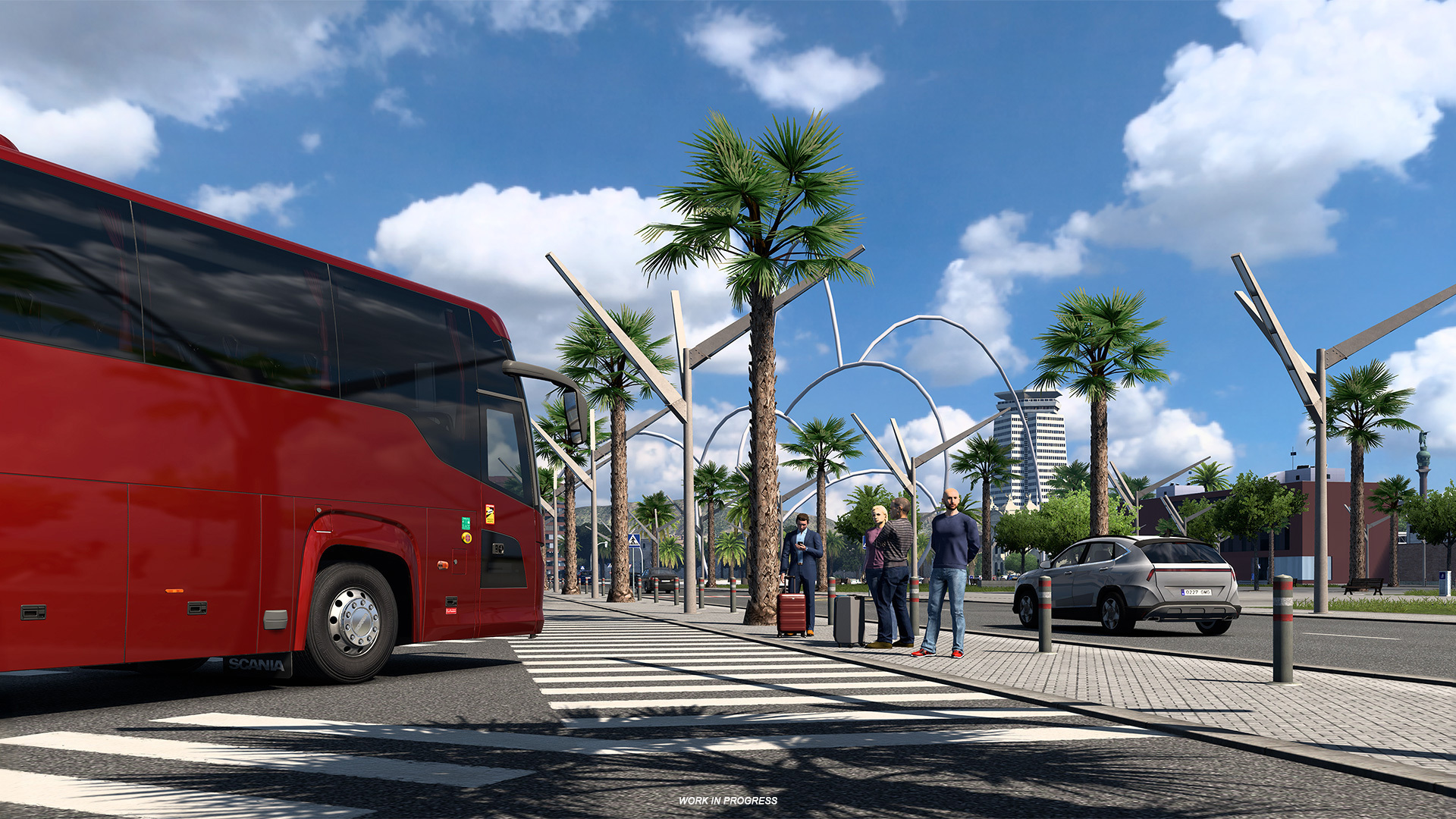 “Passenger satisfaction is a concept players may already be familiar with,” Vojtěch goes on to explain, “You can find it in other game titles, including our own previous game, Bus Driver.” Simply put, players are encouraged to drive smoothly and avoid harsh braking, sharp turns, and traffic violations to provide a comfortable ride for their passengers. While the mechanics themselves aren’t radically new or groundbreaking, they still meaningfully change how the game is played and introduce a new challenge.
“Passenger satisfaction is a concept players may already be familiar with,” Vojtěch goes on to explain, “You can find it in other game titles, including our own previous game, Bus Driver.” Simply put, players are encouraged to drive smoothly and avoid harsh braking, sharp turns, and traffic violations to provide a comfortable ride for their passengers. While the mechanics themselves aren’t radically new or groundbreaking, they still meaningfully change how the game is played and introduce a new challenge. 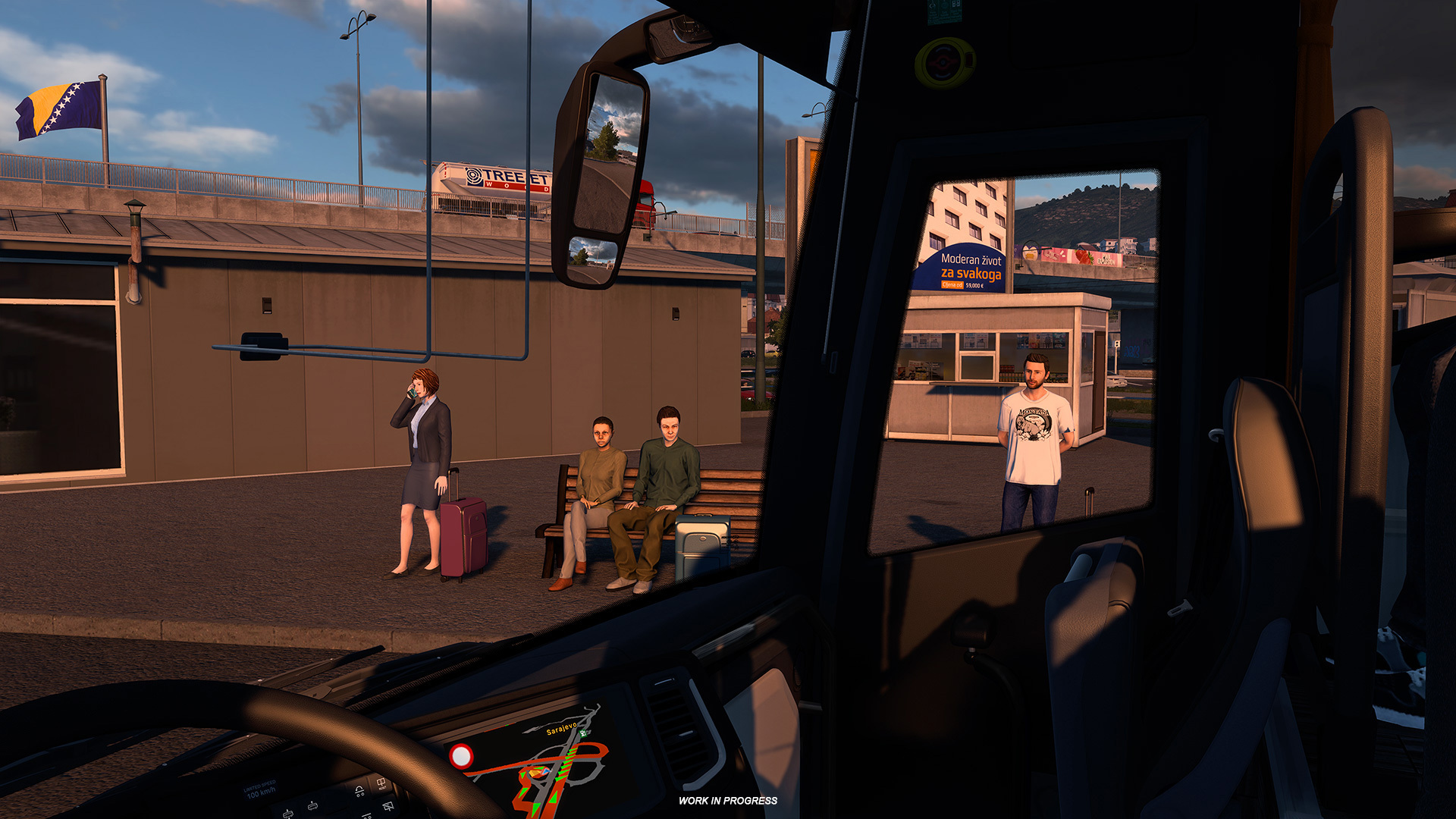 “We calculate satisfaction for each individual passenger, each with their own sensitivity. Some hardly care what happens, while others take even mild braking very personally. Passengers also board the bus with varying moods, so the challenge for the player is to improve their mood by the next stop.” As the journey continues, players will be working toward a clear goal. “The main goal is to improve passengers’ moods as much as possible through smooth driving. If the drive between stops is perfect, the player will receive a bonus which is added to the overall passenger satisfaction.”
“We calculate satisfaction for each individual passenger, each with their own sensitivity. Some hardly care what happens, while others take even mild braking very personally. Passengers also board the bus with varying moods, so the challenge for the player is to improve their mood by the next stop.” As the journey continues, players will be working toward a clear goal. “The main goal is to improve passengers’ moods as much as possible through smooth driving. If the drive between stops is perfect, the player will receive a bonus which is added to the overall passenger satisfaction.”  Introducing passengers fundamentally changes the feel of driving Vojtěch explains, “Driving with passengers really feels very different, and introduces a whole new challenge on the road. The player must stay alert and anticipate much more. Having to keep to the timetable and at the same time drive carefully are two things that naturally work against each other.”
Introducing passengers fundamentally changes the feel of driving Vojtěch explains, “Driving with passengers really feels very different, and introduces a whole new challenge on the road. The player must stay alert and anticipate much more. Having to keep to the timetable and at the same time drive carefully are two things that naturally work against each other.”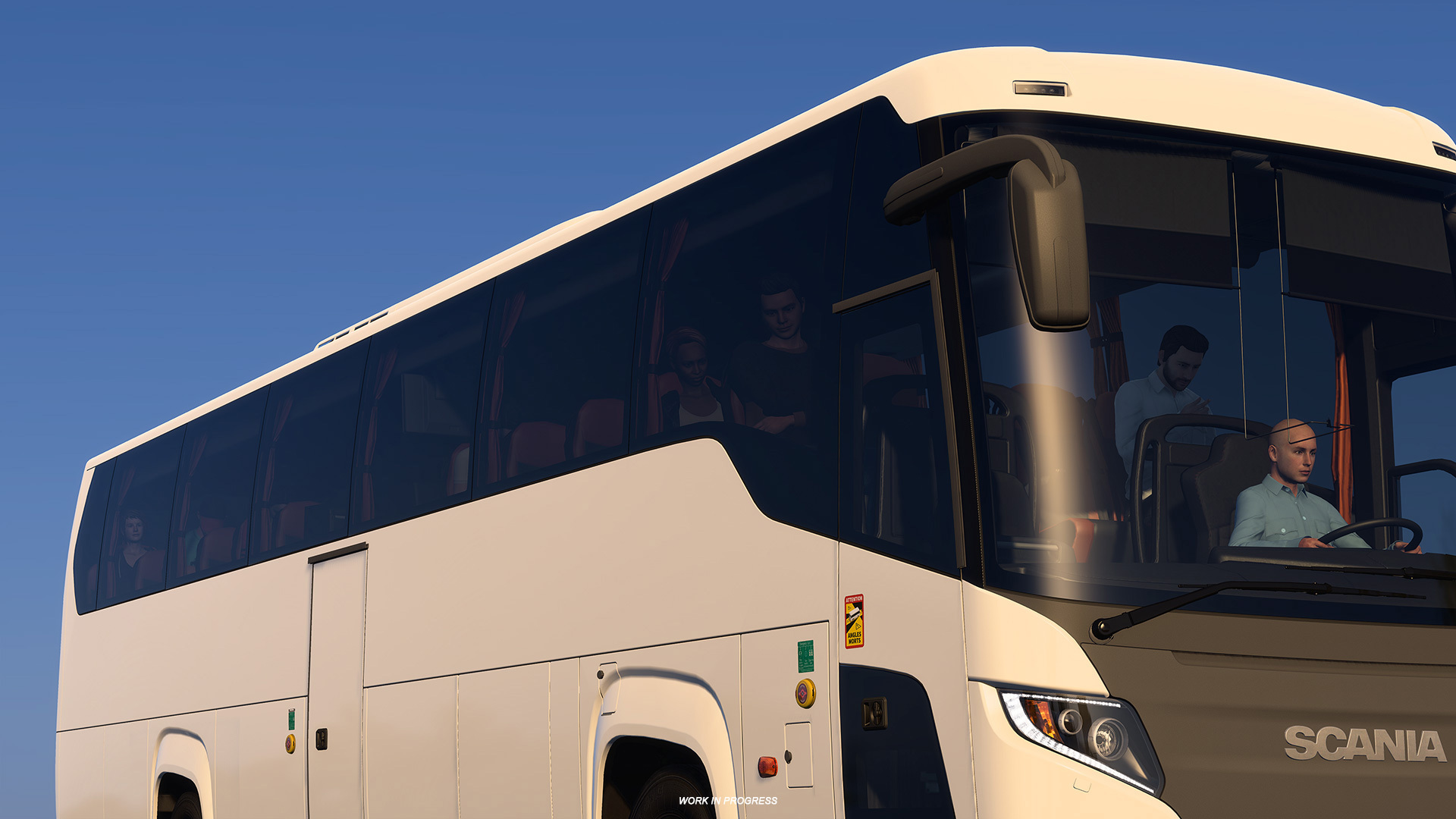
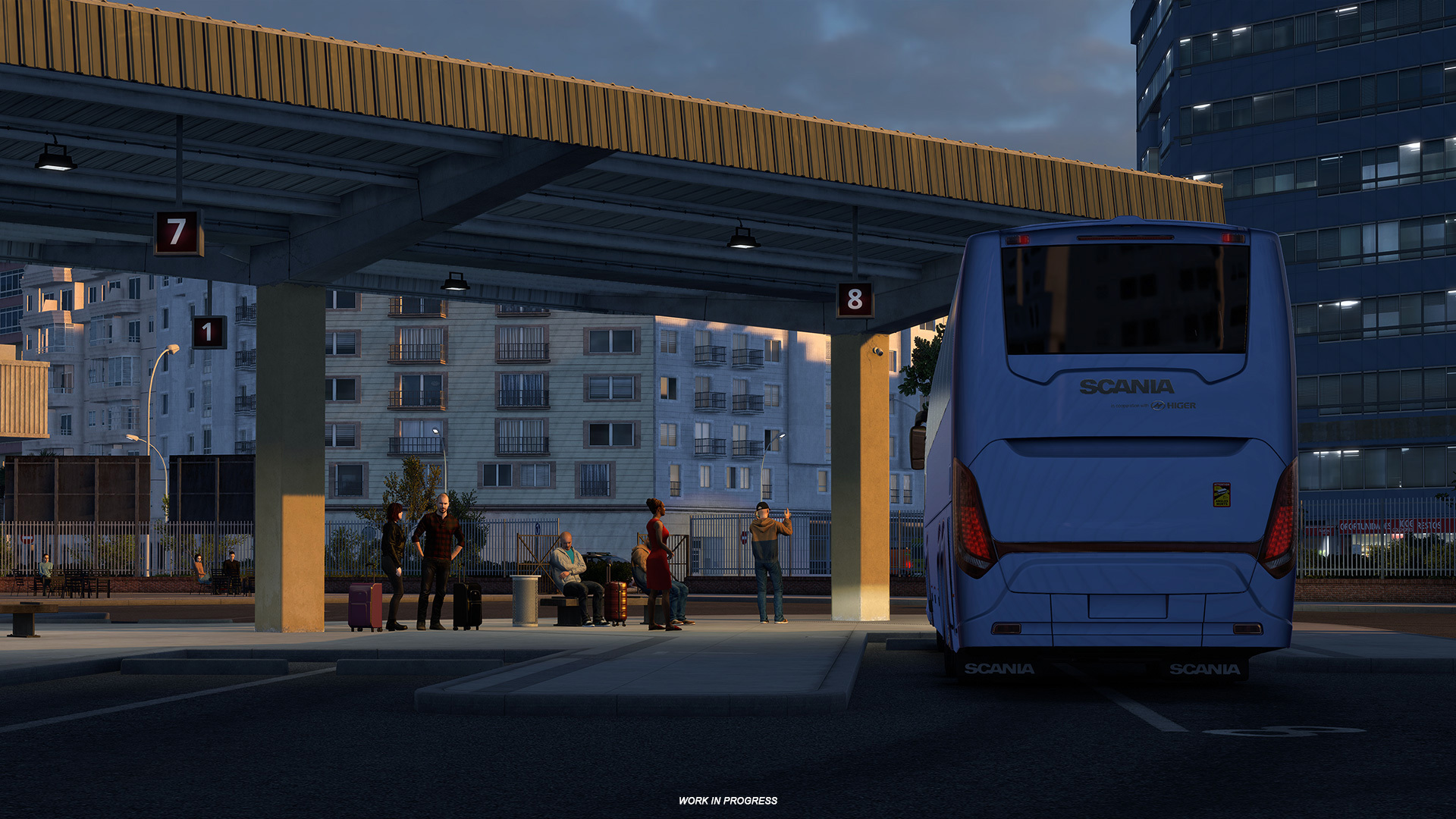 Balancing the experience has been a priority. “We don’t want to reach the point where the game praises the player for using the turn signal, passengers in real life don’t clap for the driver for that. We've actually found it much harder to find ways of increasing satisfaction than decreasing it.” Changes based on early testing have already been implemented, Vojtěch tells us “We increased the difficulty, satisfaction gains and losses are now much more pronounced. We also changed the way satisfaction increases. It no longer depends on elapsed time, but on distance driven, which we believe is much fairer.”
Balancing the experience has been a priority. “We don’t want to reach the point where the game praises the player for using the turn signal, passengers in real life don’t clap for the driver for that. We've actually found it much harder to find ways of increasing satisfaction than decreasing it.” Changes based on early testing have already been implemented, Vojtěch tells us “We increased the difficulty, satisfaction gains and losses are now much more pronounced. We also changed the way satisfaction increases. It no longer depends on elapsed time, but on distance driven, which we believe is much fairer.” 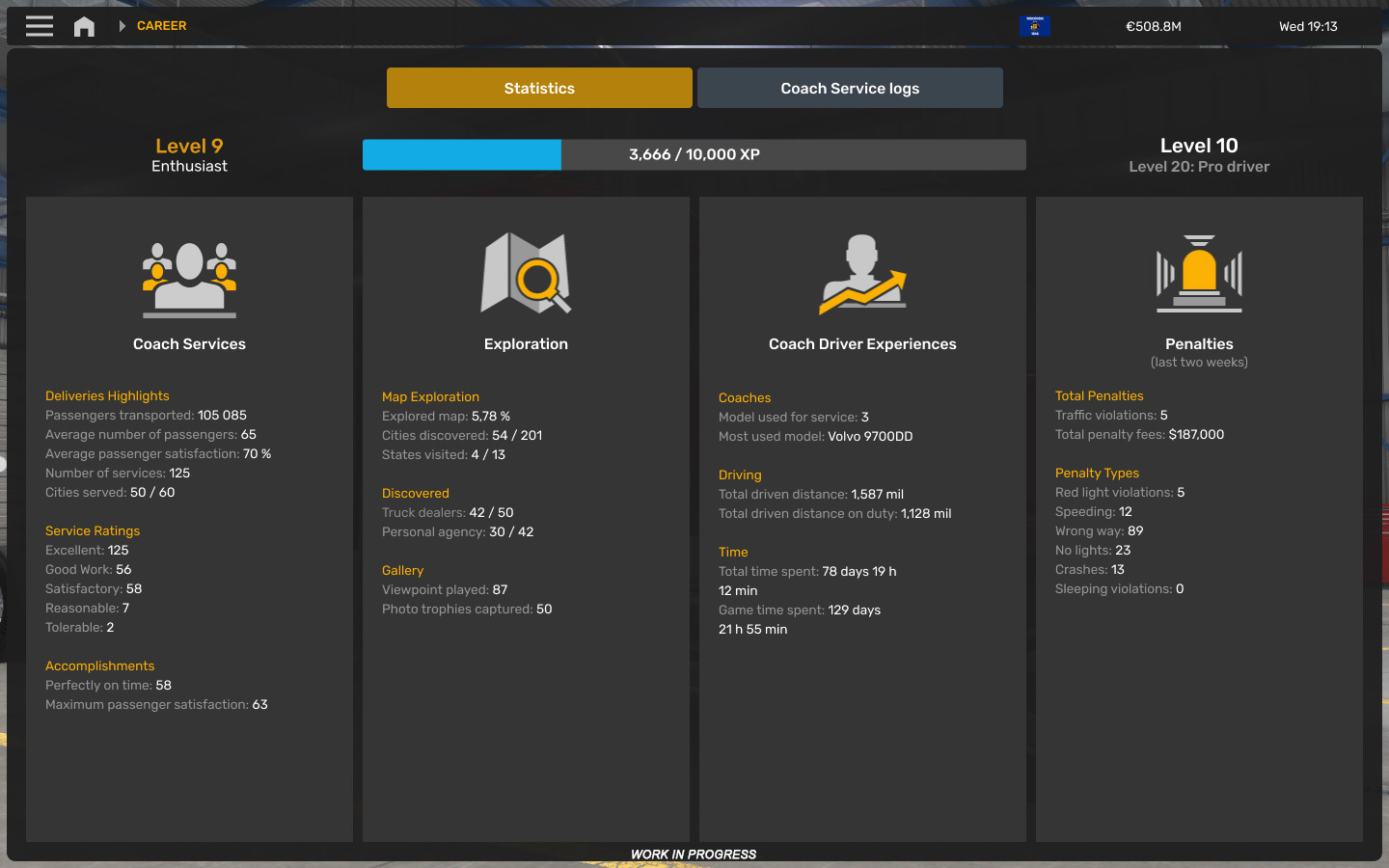
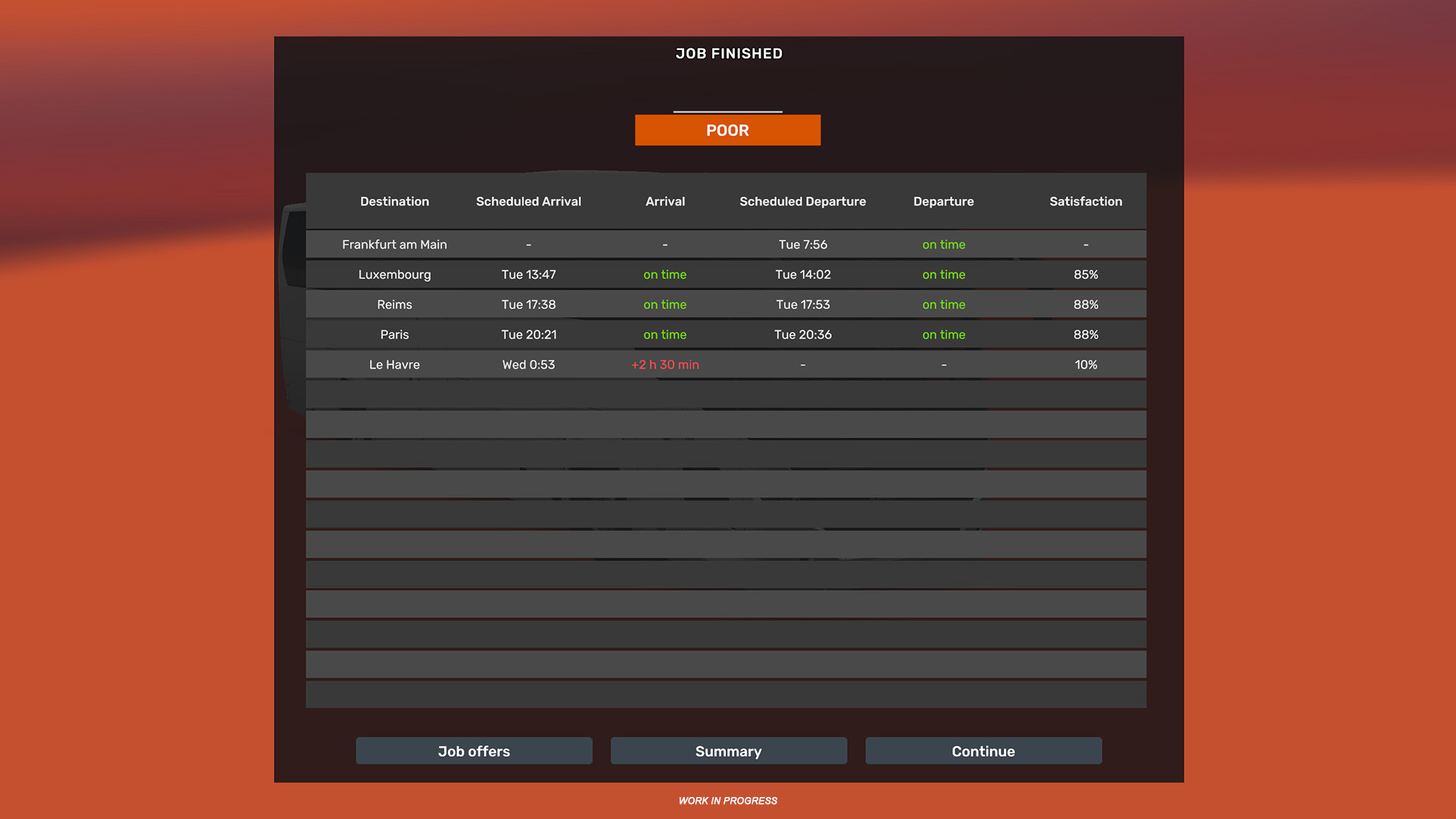
 Presenting the information clearly has also been a central part of the design. “It’s important how satisfaction is displayed both while driving, at stops, and after the journey. Too much information and the player will be overwhelmed, unable to follow it all while driving, and the screen will get cluttered. Too little, and useful feedback will be missing.”
Presenting the information clearly has also been a central part of the design. “It’s important how satisfaction is displayed both while driving, at stops, and after the journey. Too much information and the player will be overwhelmed, unable to follow it all while driving, and the screen will get cluttered. Too little, and useful feedback will be missing.” 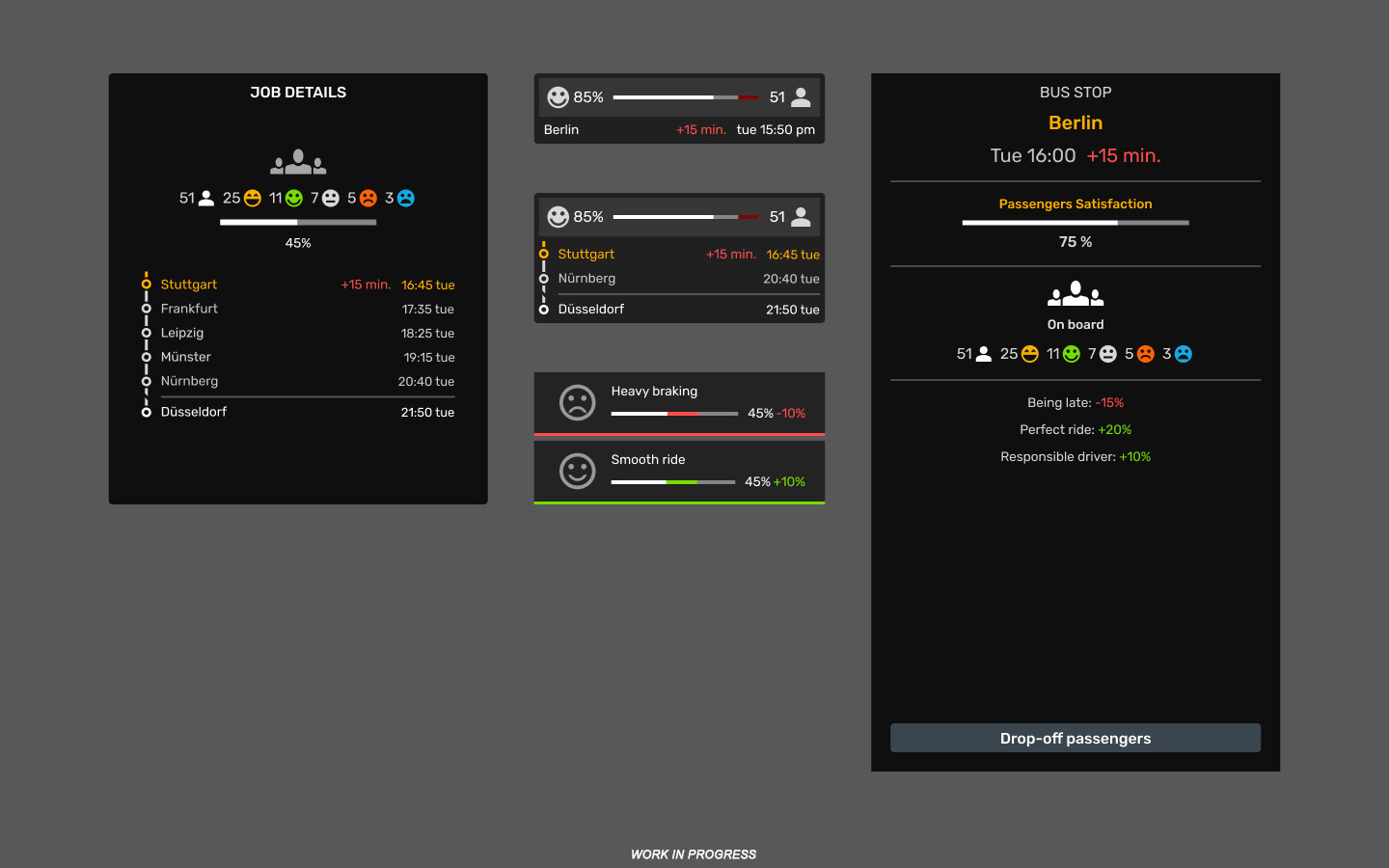 The same applies at coach and bus stops. “We’re figuring out how best to display boarding and disembarking passengers and their satisfaction in a clear, simple way. What I really want is for passengers to be shown as individual people, not just a progress bar.”
The same applies at coach and bus stops. “We’re figuring out how best to display boarding and disembarking passengers and their satisfaction in a clear, simple way. What I really want is for passengers to be shown as individual people, not just a progress bar.” 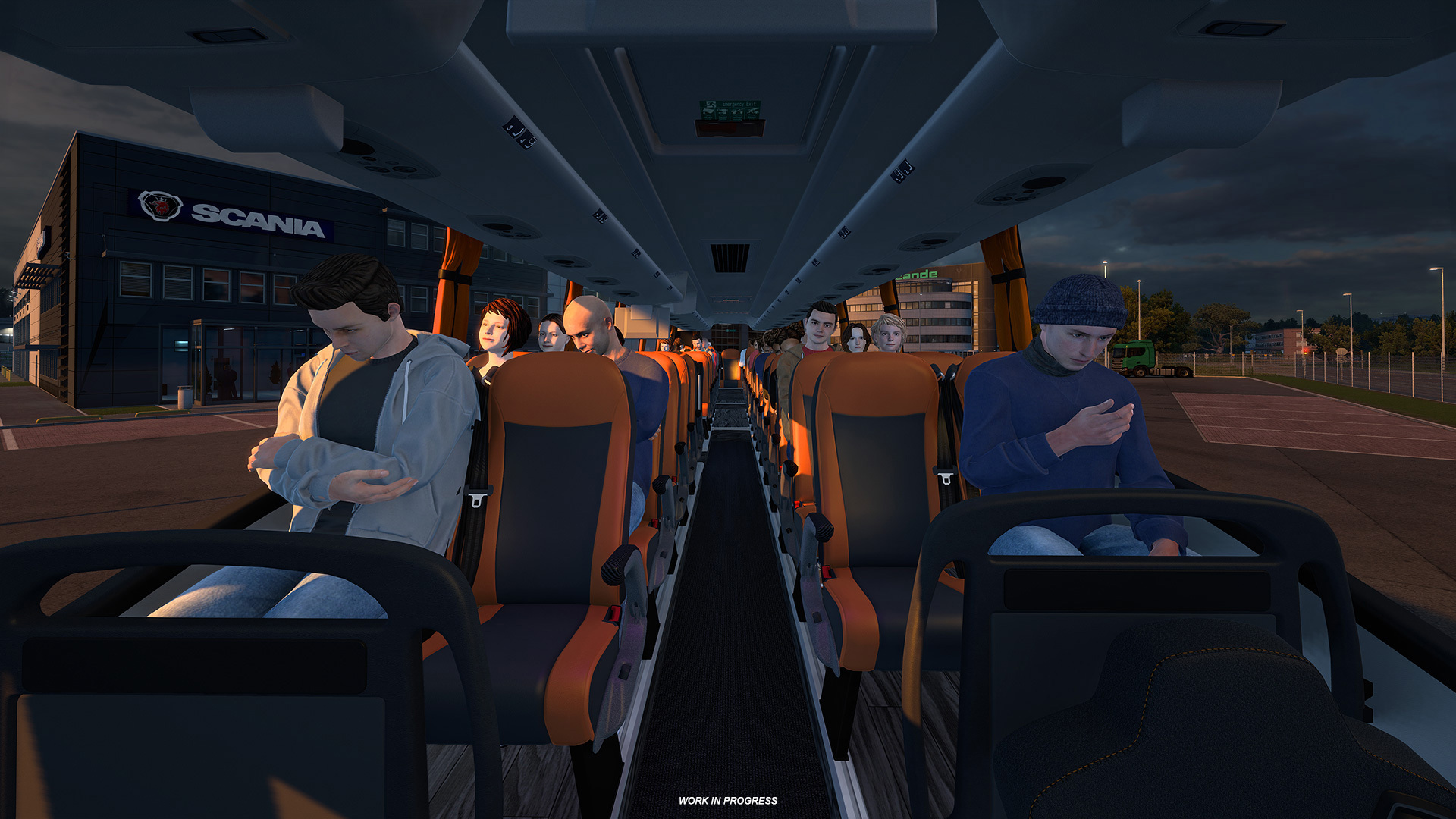 Even now, during its development, there are already ideas for its future growth. “Whilst I want to make it clear, there's no guarantee these ideas will ever make it into the module, I’d love to expand the system further. For example, passengers could ask the player to turn on the heating or air conditioning. A temperature change could result in more unhappy passengers. Or a passenger might request an unscheduled emergency stop, and the player would need to find a place to pull over quickly, otherwise satisfaction of this individual passenger would drop fast.”
Even now, during its development, there are already ideas for its future growth. “Whilst I want to make it clear, there's no guarantee these ideas will ever make it into the module, I’d love to expand the system further. For example, passengers could ask the player to turn on the heating or air conditioning. A temperature change could result in more unhappy passengers. Or a passenger might request an unscheduled emergency stop, and the player would need to find a place to pull over quickly, otherwise satisfaction of this individual passenger would drop fast.”  For now, there is still a lot of work ahead on the road when it comes to Coaches, with lots of roads yet to discover for this new game type. “I’m both thrilled and slightly terrified by the number of players who have wishlisted Coaches.” Vojtěch shares “It’s amusing to already see comparison videos already being made for a mode that doesn’t even exist yet. It’s a cliché to say that we developers feel a great sense of responsibility, but some clichés are simply true. And I do feel strong support across the team in our shared goal not to disappoint players.”
For now, there is still a lot of work ahead on the road when it comes to Coaches, with lots of roads yet to discover for this new game type. “I’m both thrilled and slightly terrified by the number of players who have wishlisted Coaches.” Vojtěch shares “It’s amusing to already see comparison videos already being made for a mode that doesn’t even exist yet. It’s a cliché to say that we developers feel a great sense of responsibility, but some clichés are simply true. And I do feel strong support across the team in our shared goal not to disappoint players.” 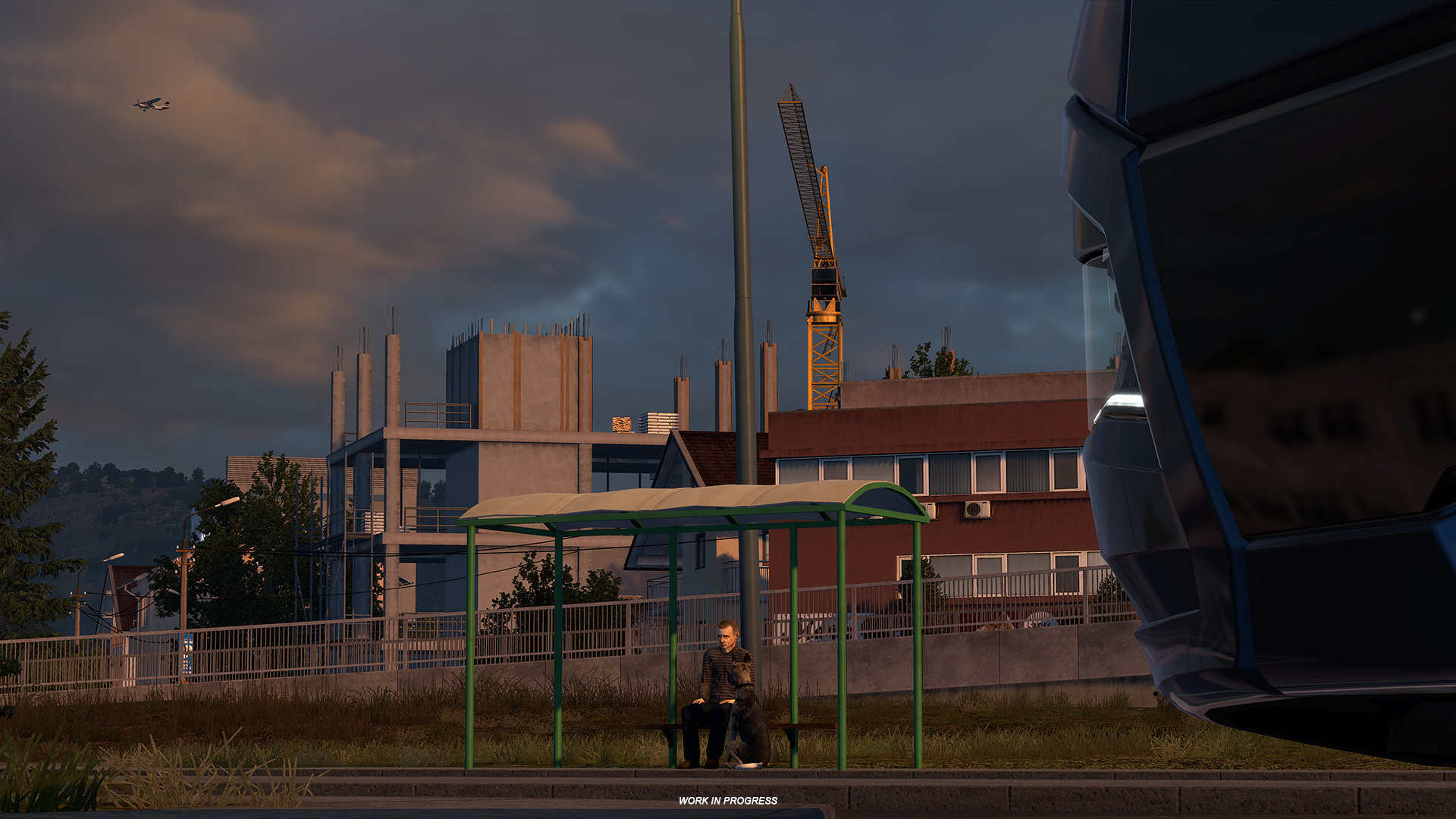 We hope you enjoyed this insight into one of the new features being implemented as part of our upcoming Coaches module for Euro Truck Simulator 2! We look forward to sharing more about this exciting new chapter in the future. If you’re excited to hit the road with Coaches, be sure to add it to your Steam Wishlist, it really does help support our future releases. Until next time, drive safe!
We hope you enjoyed this insight into one of the new features being implemented as part of our upcoming Coaches module for Euro Truck Simulator 2! We look forward to sharing more about this exciting new chapter in the future. If you’re excited to hit the road with Coaches, be sure to add it to your Steam Wishlist, it really does help support our future releases. Until next time, drive safe! 
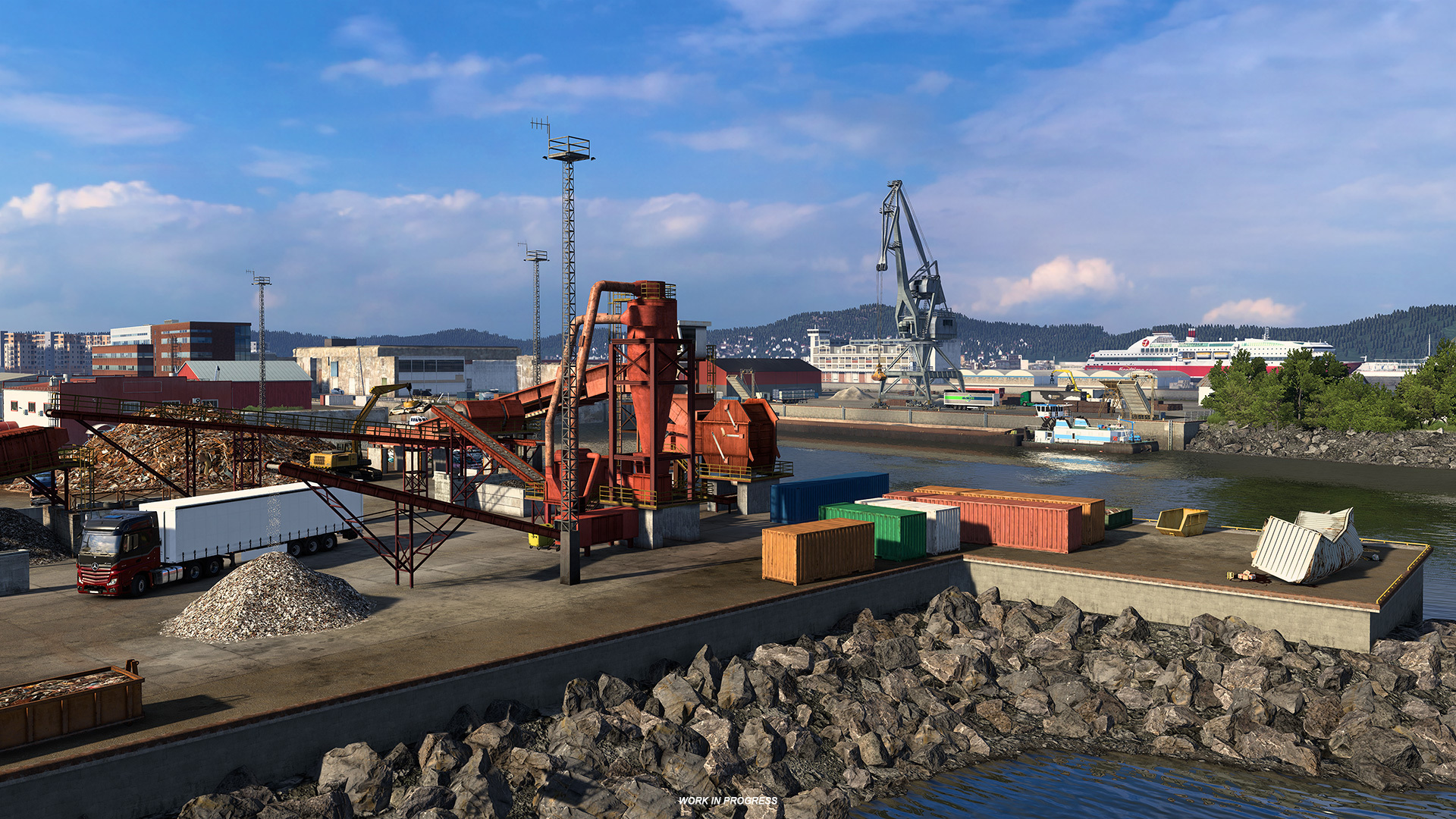
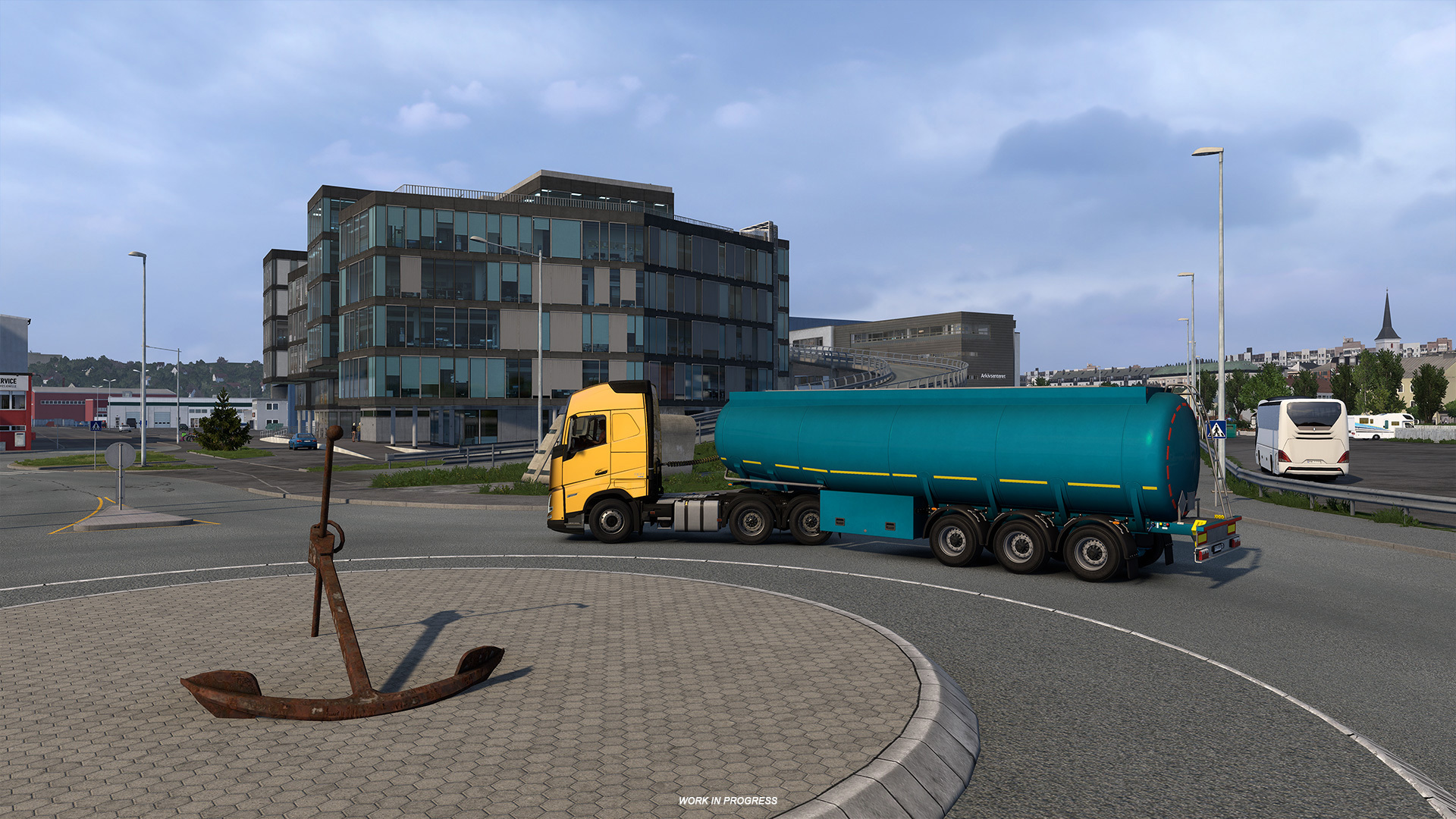
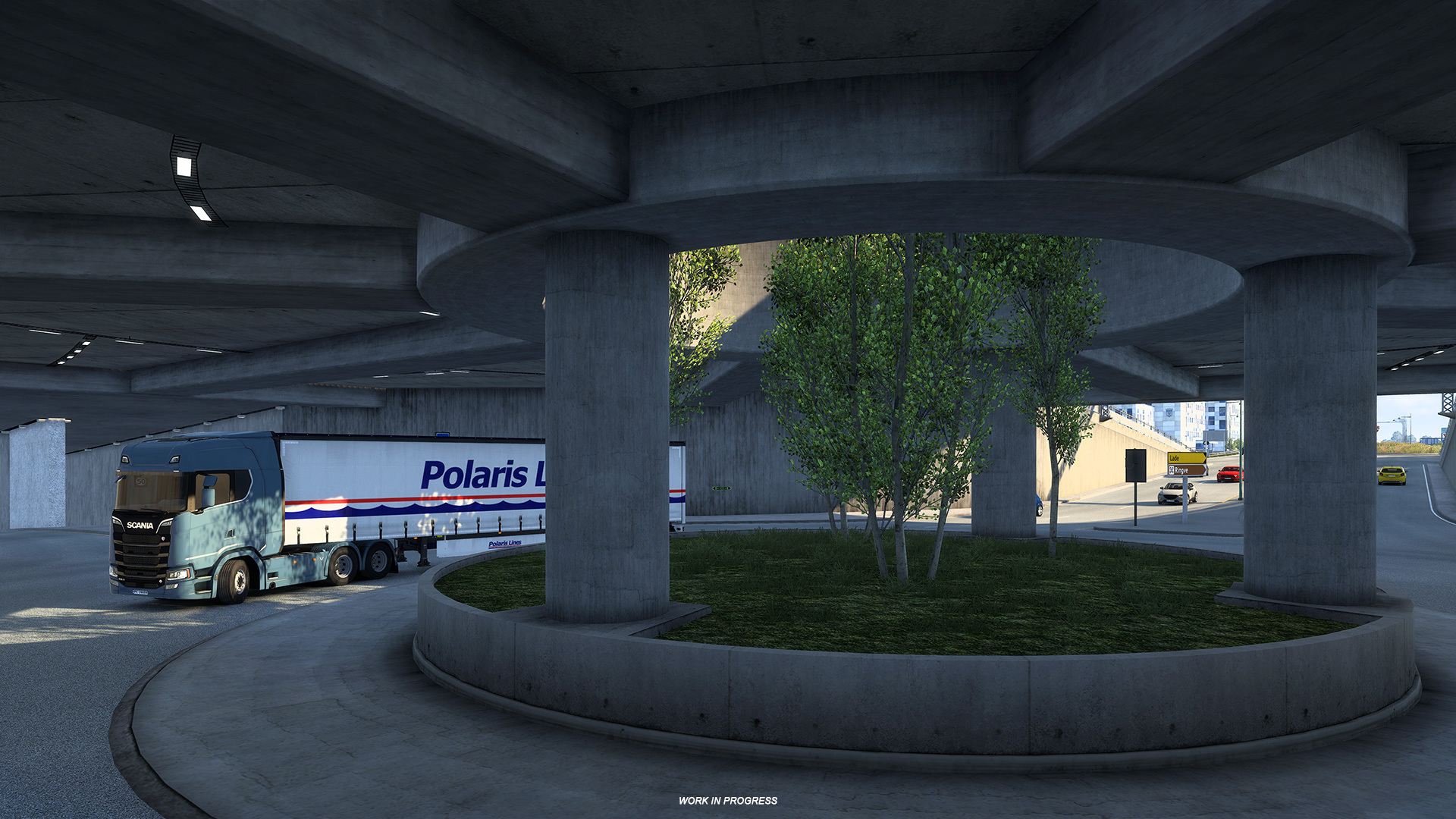

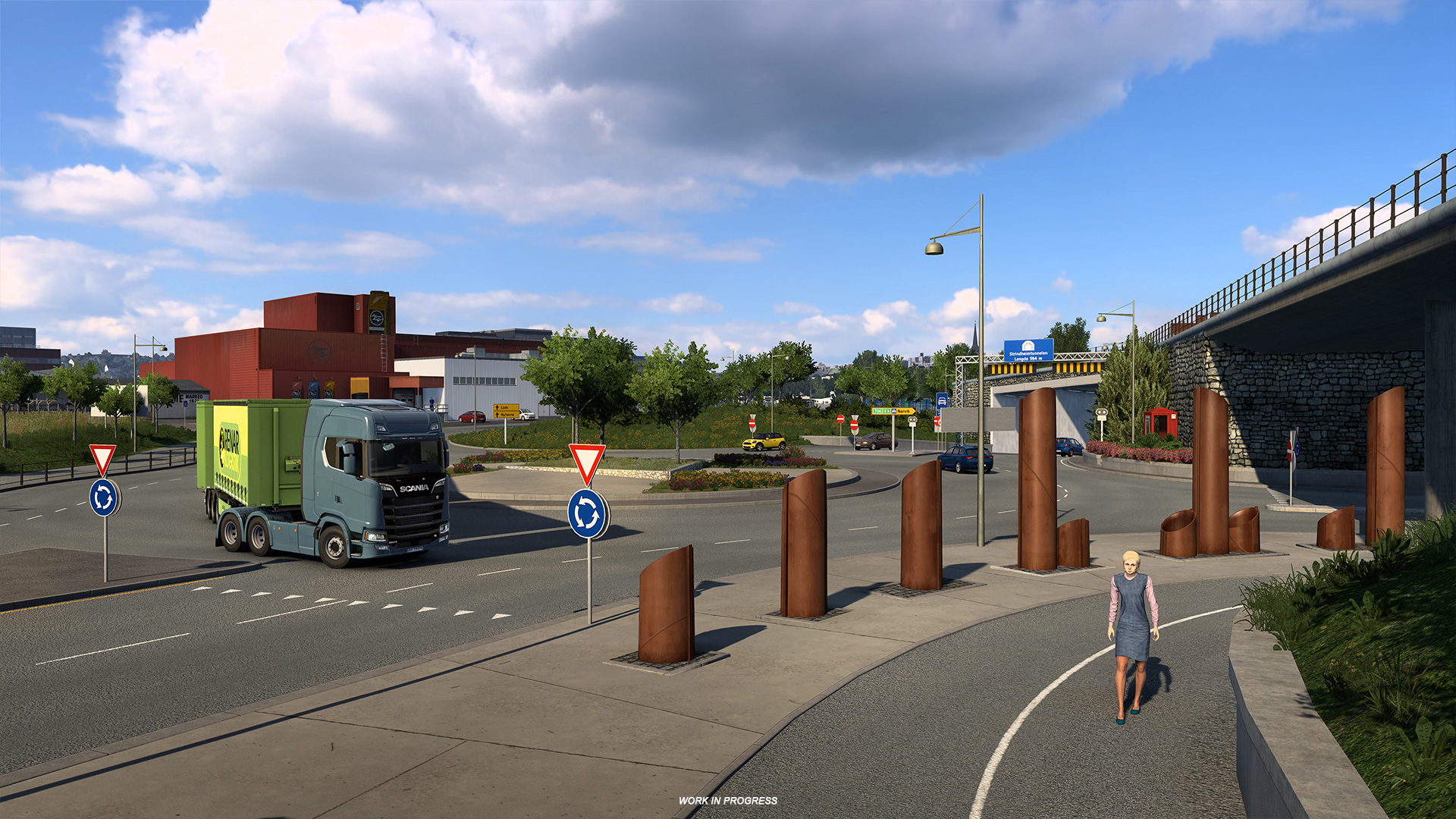
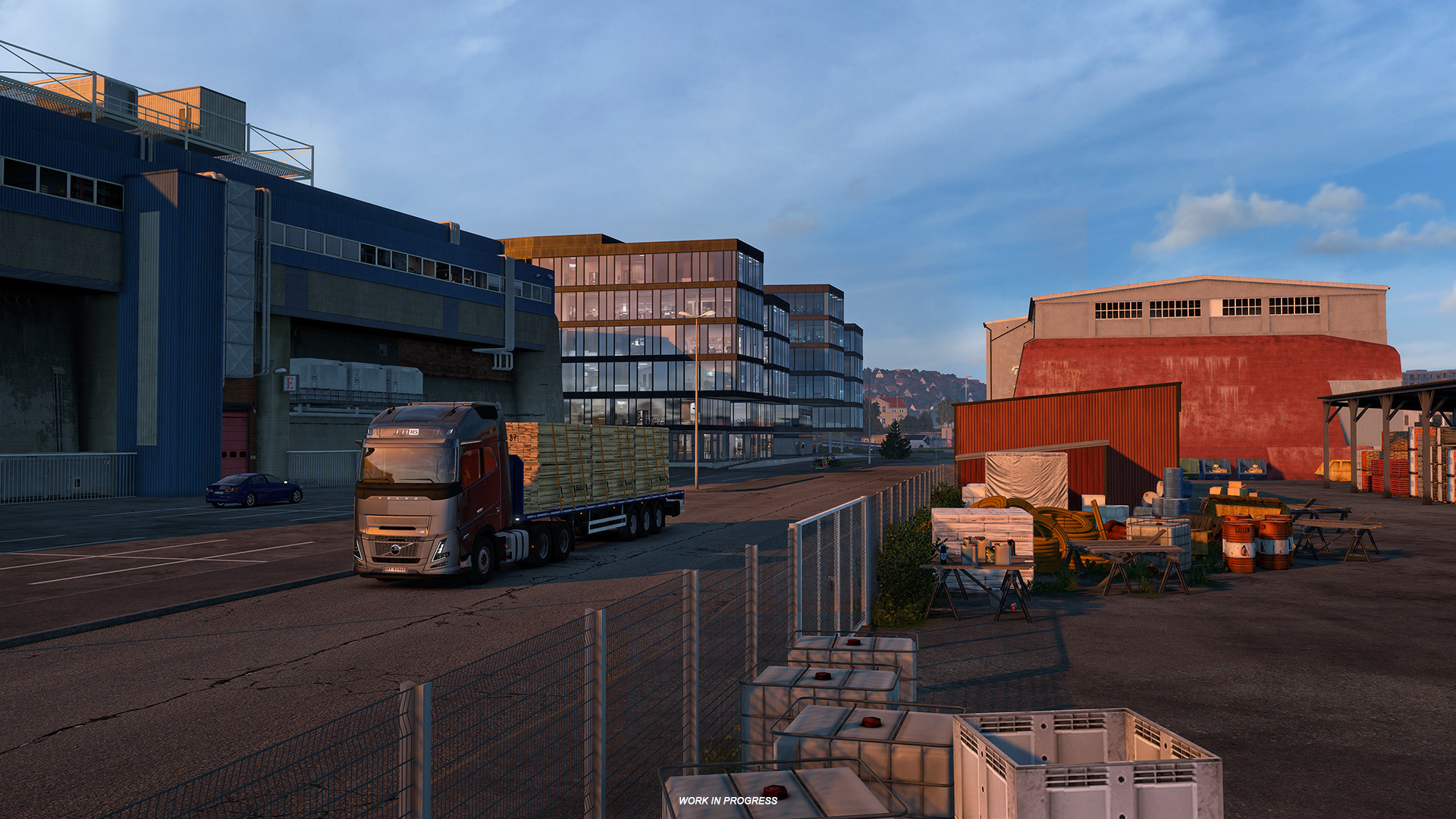
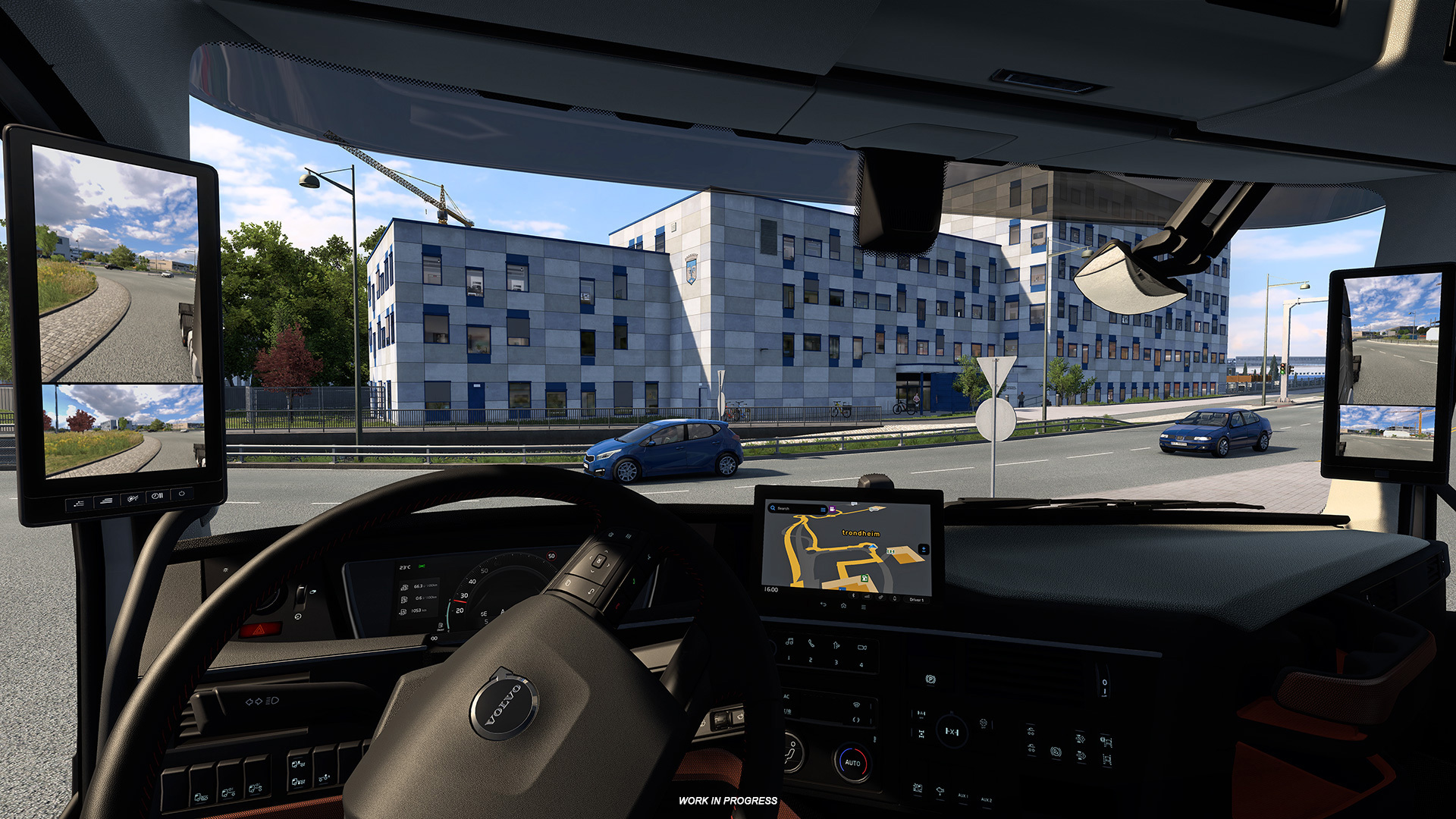

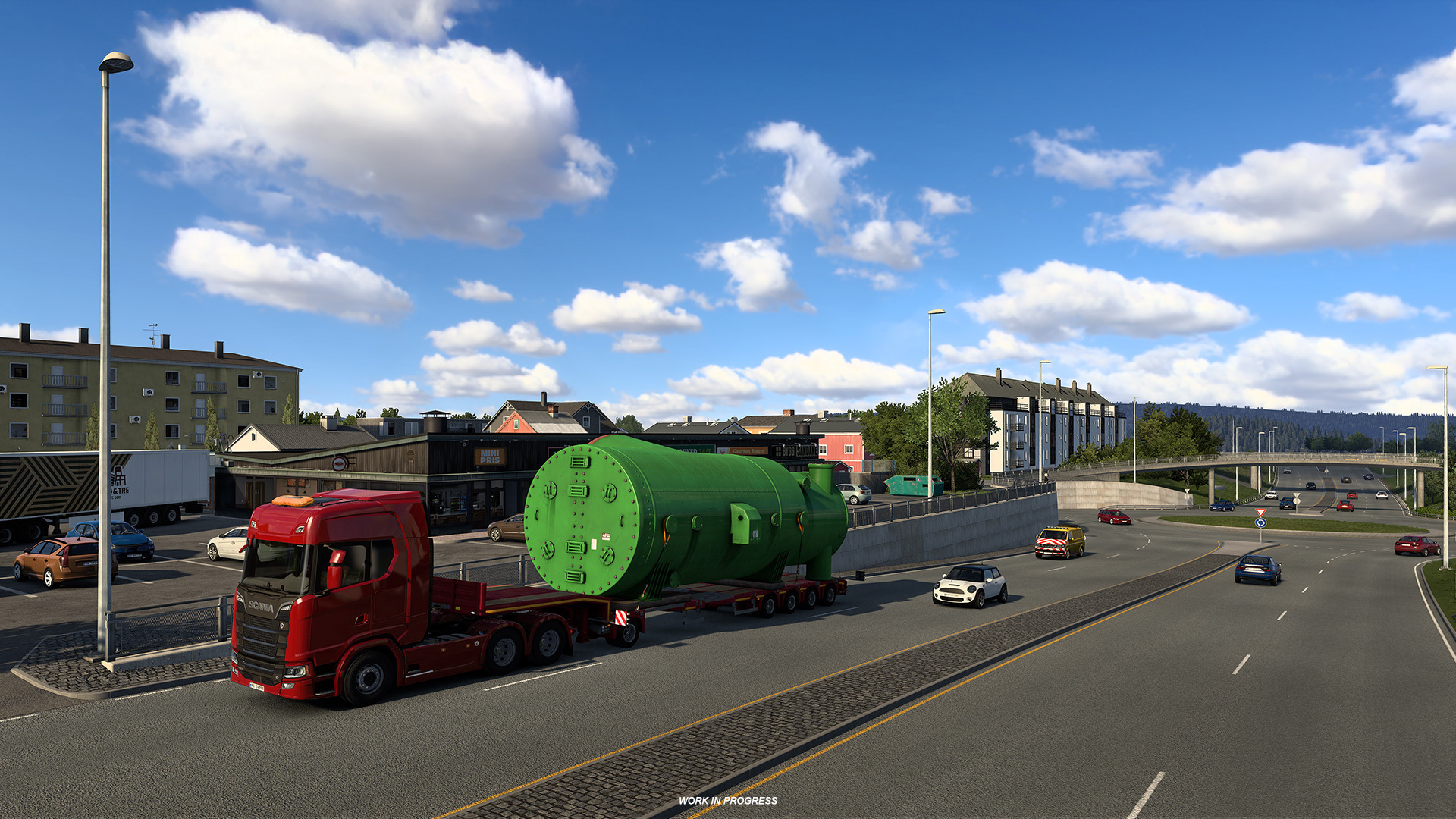
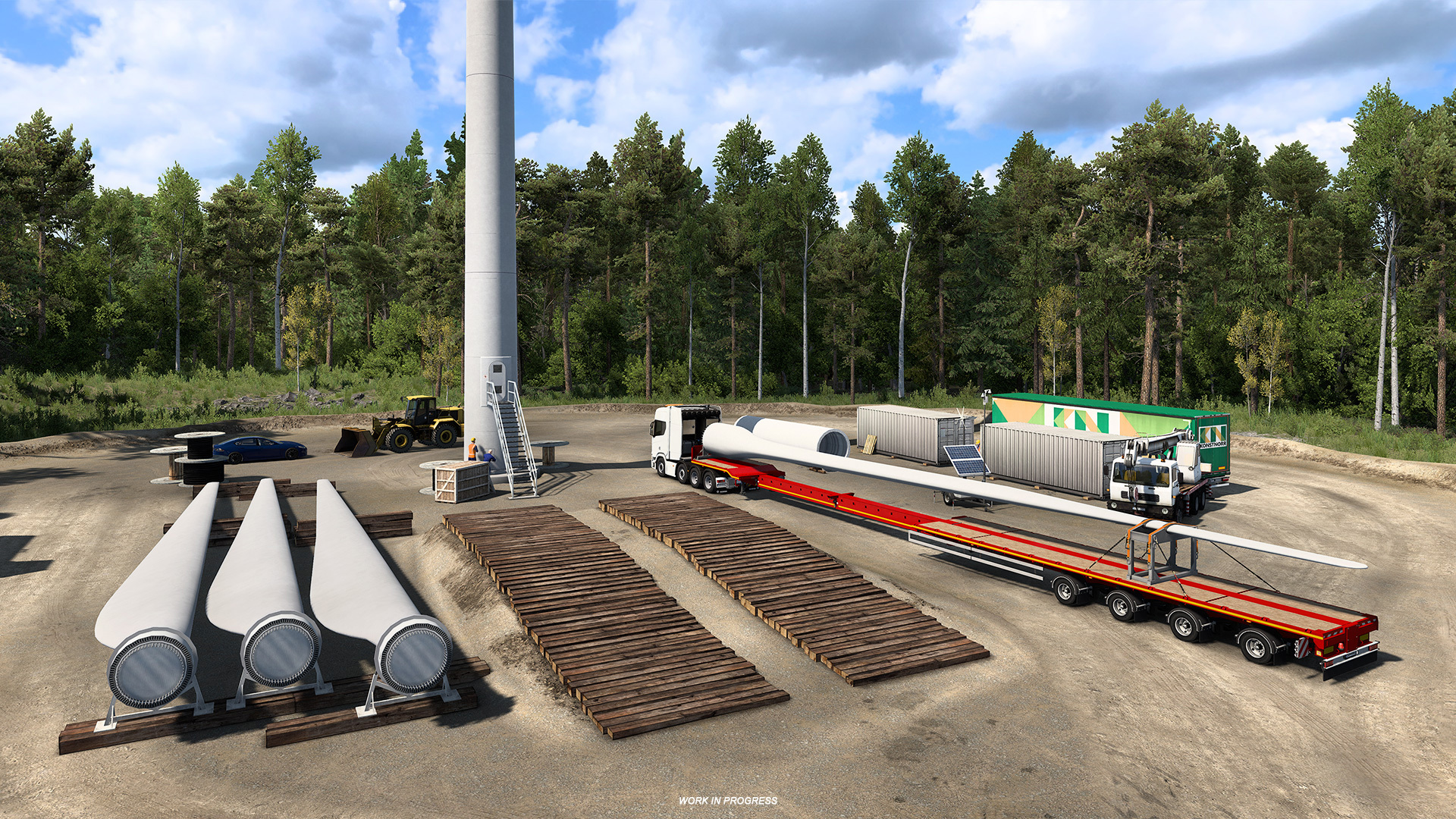

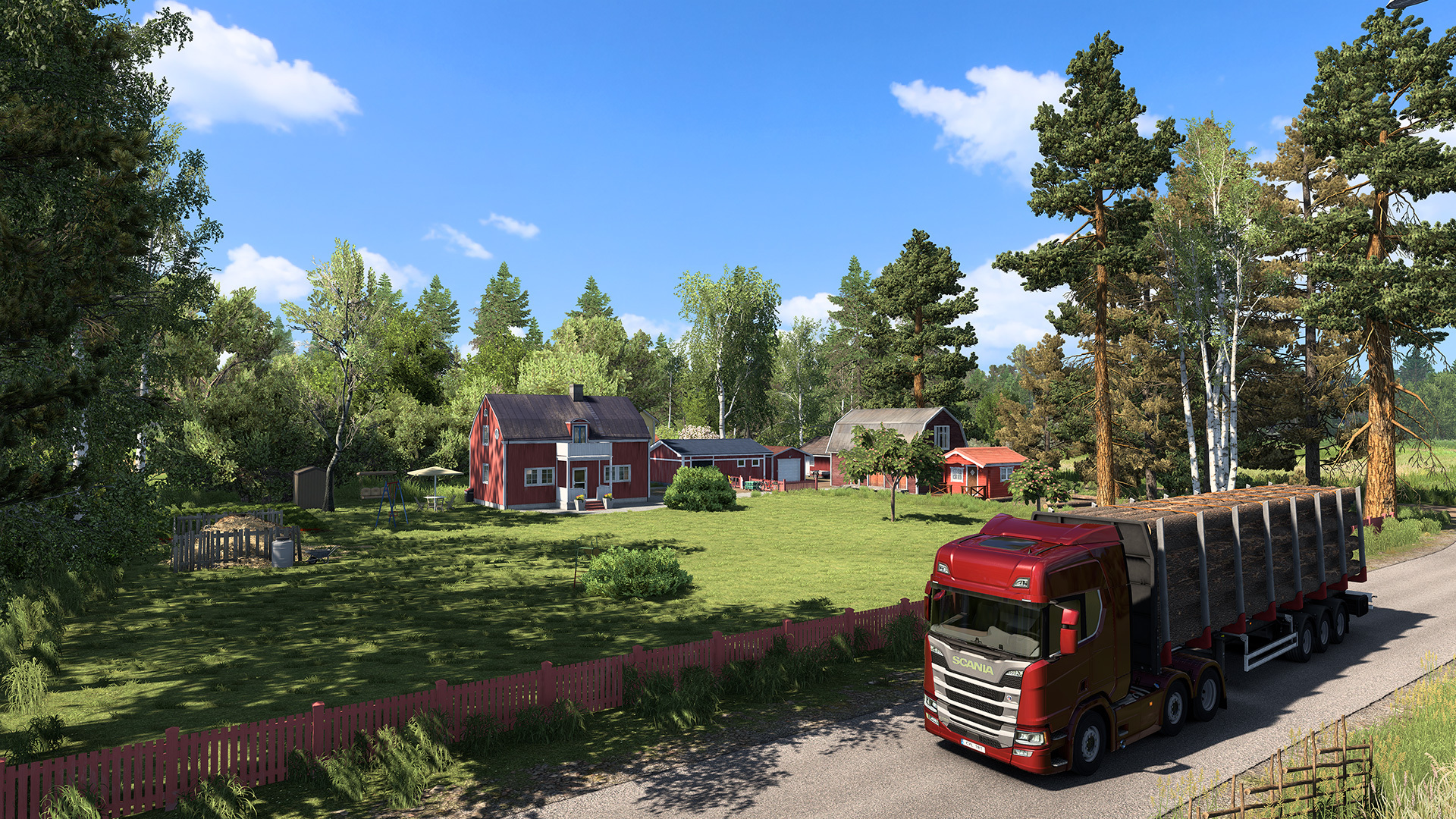
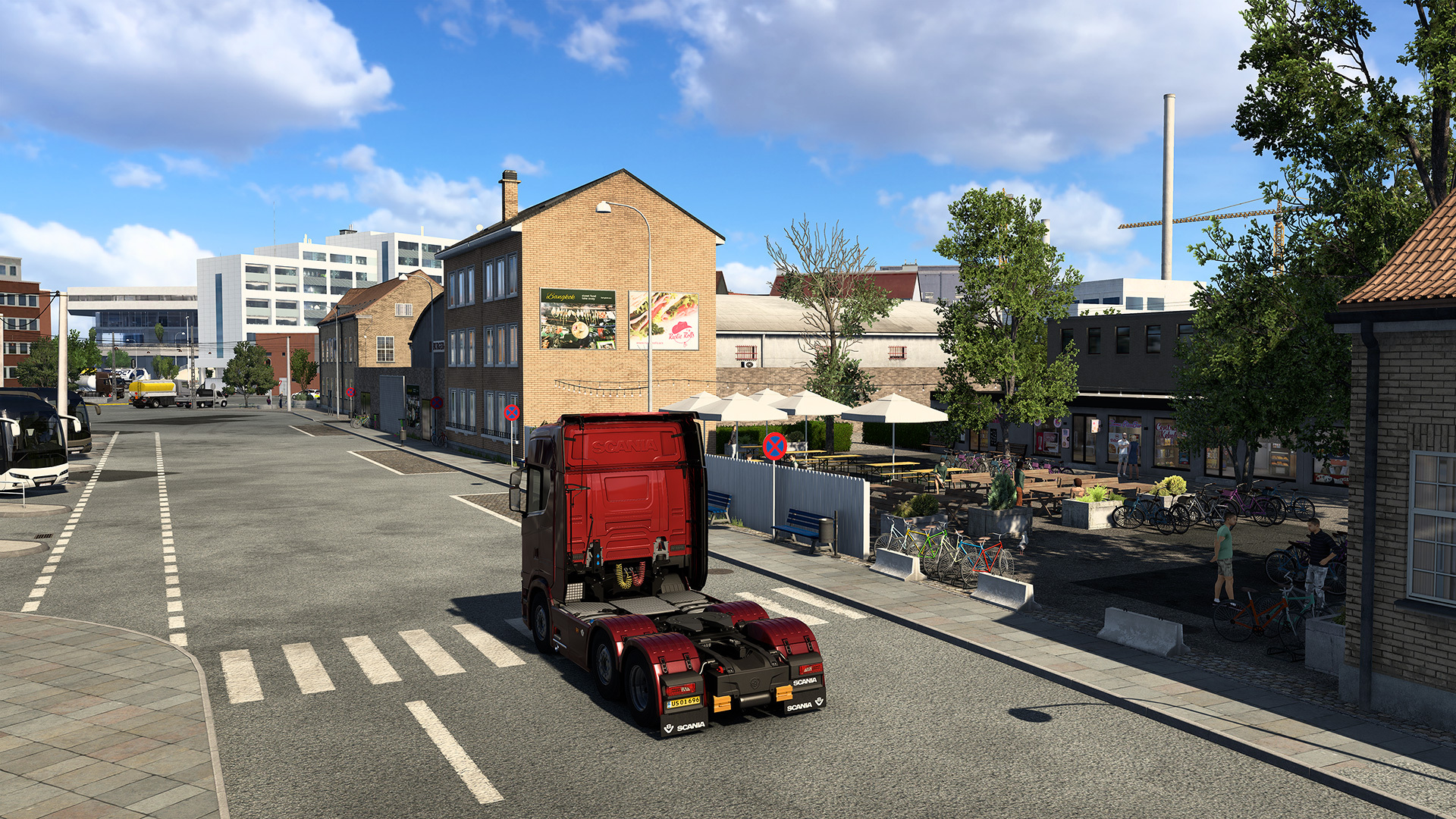
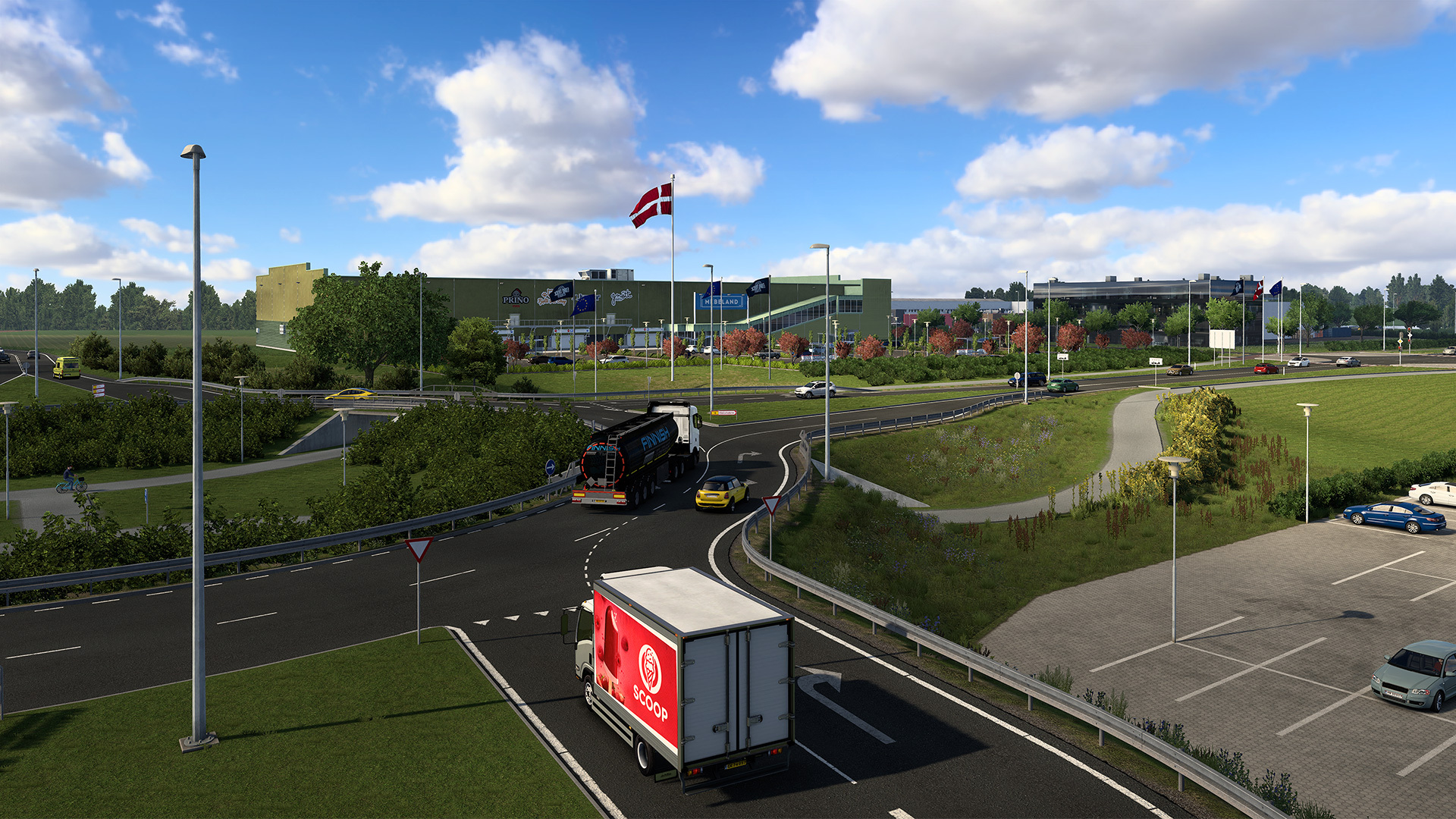

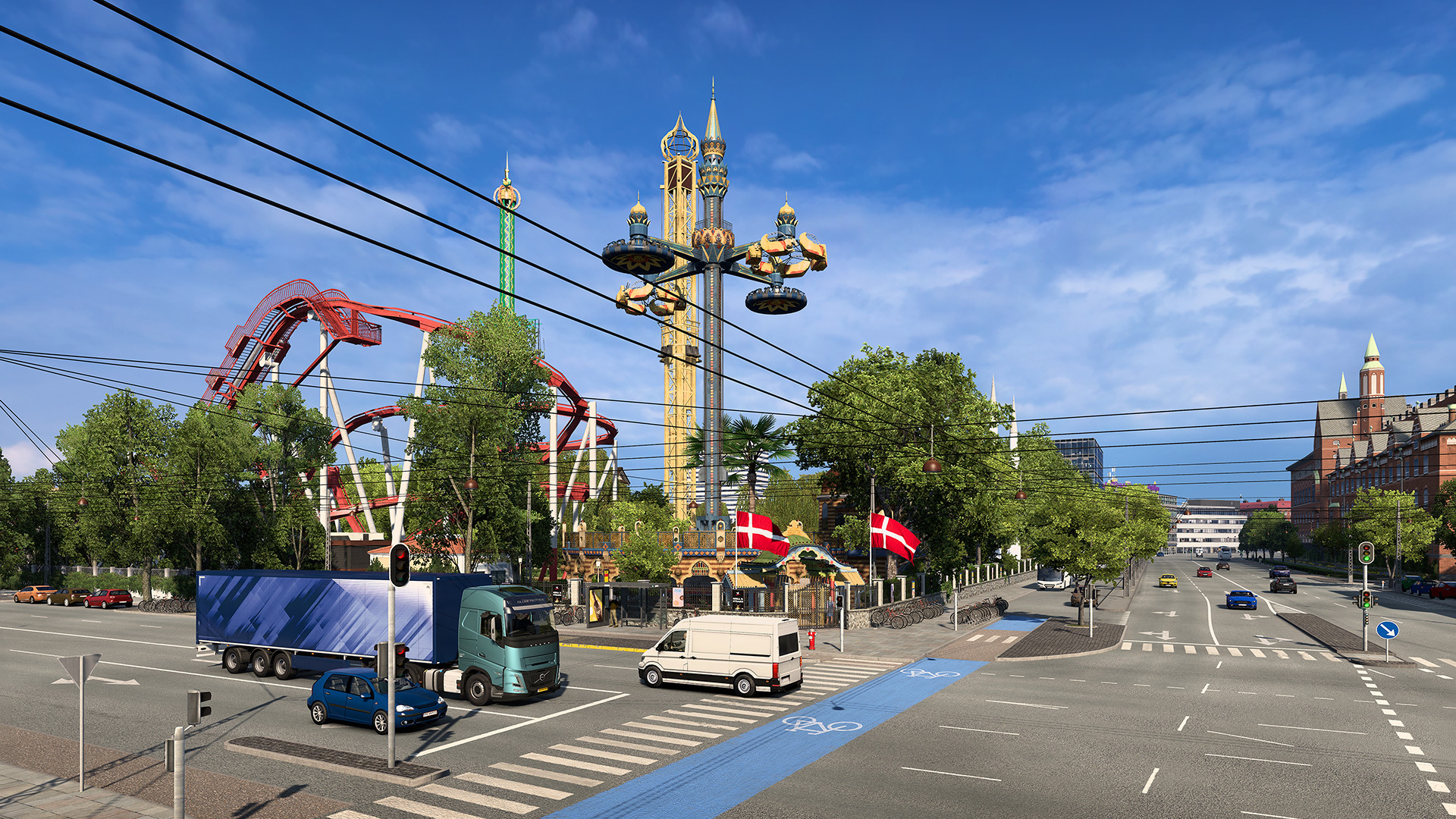
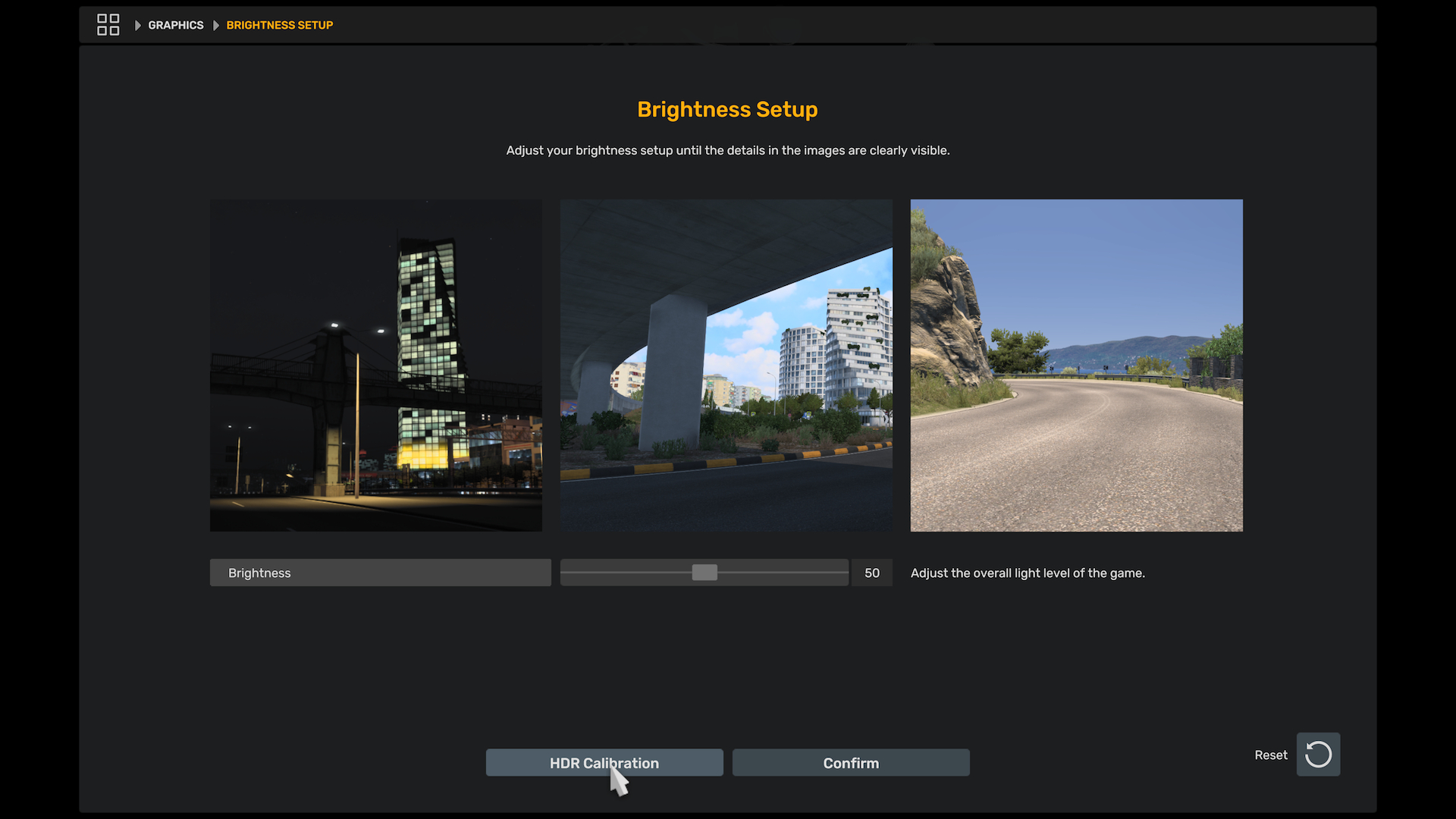
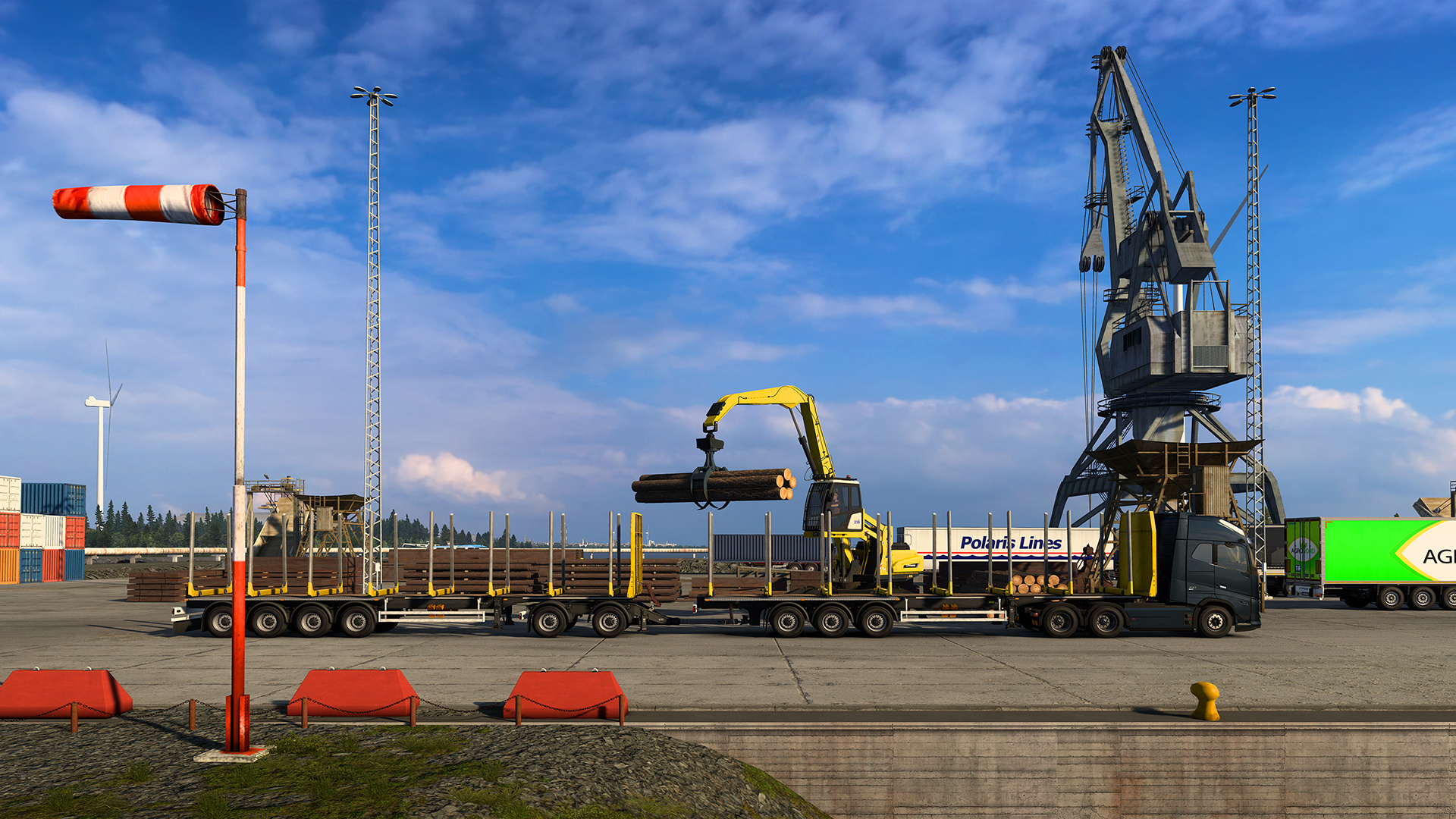
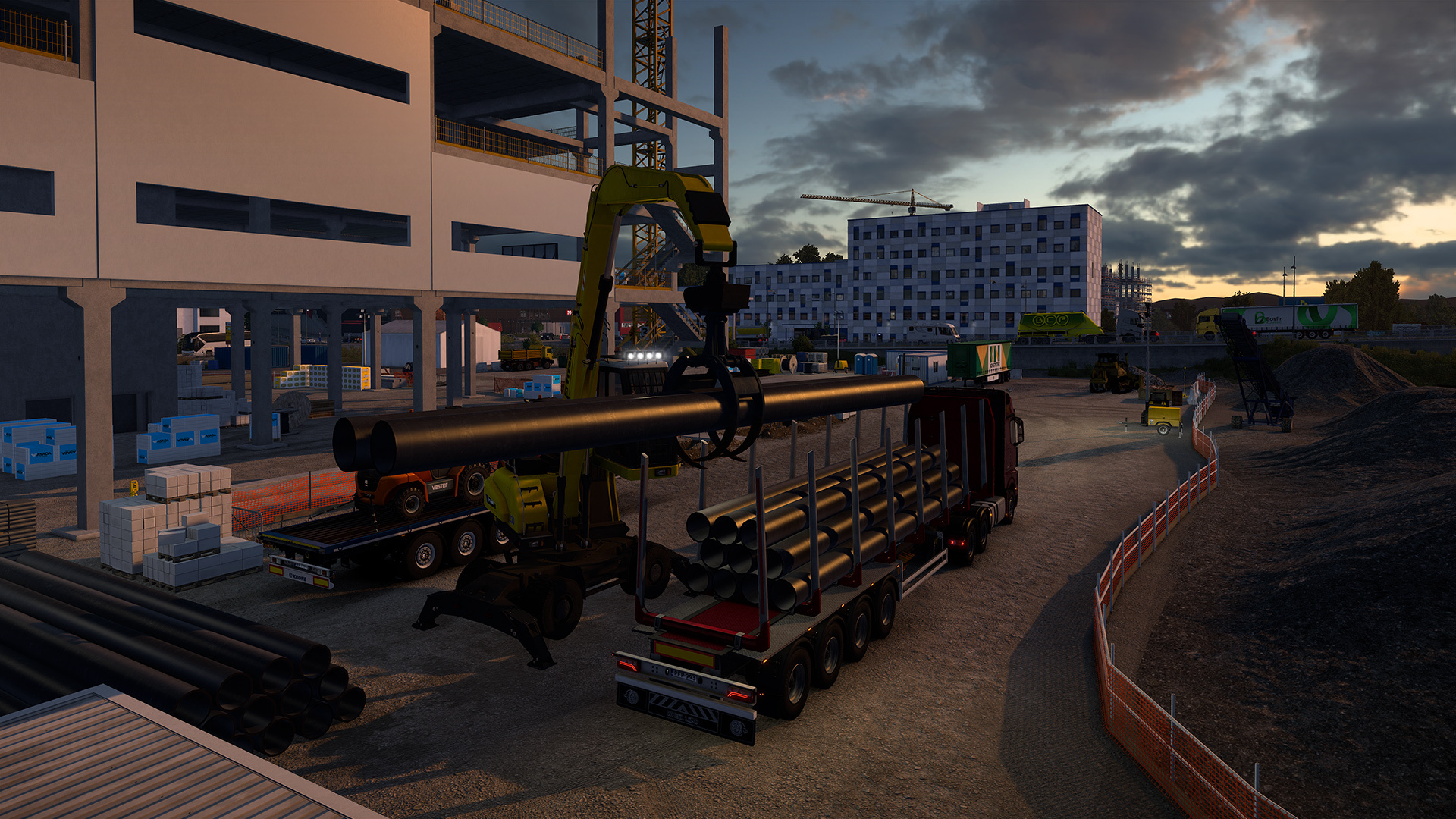

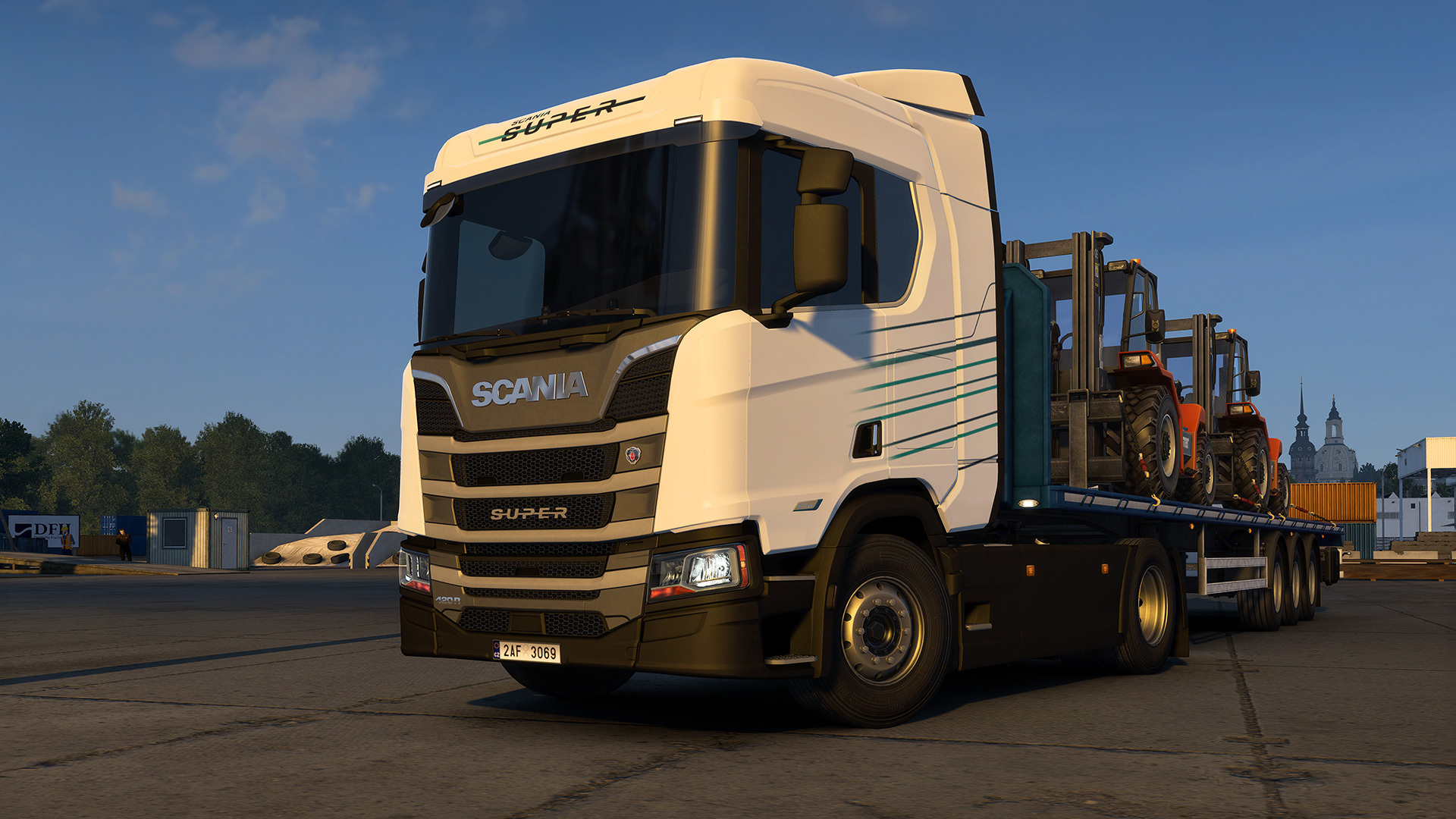
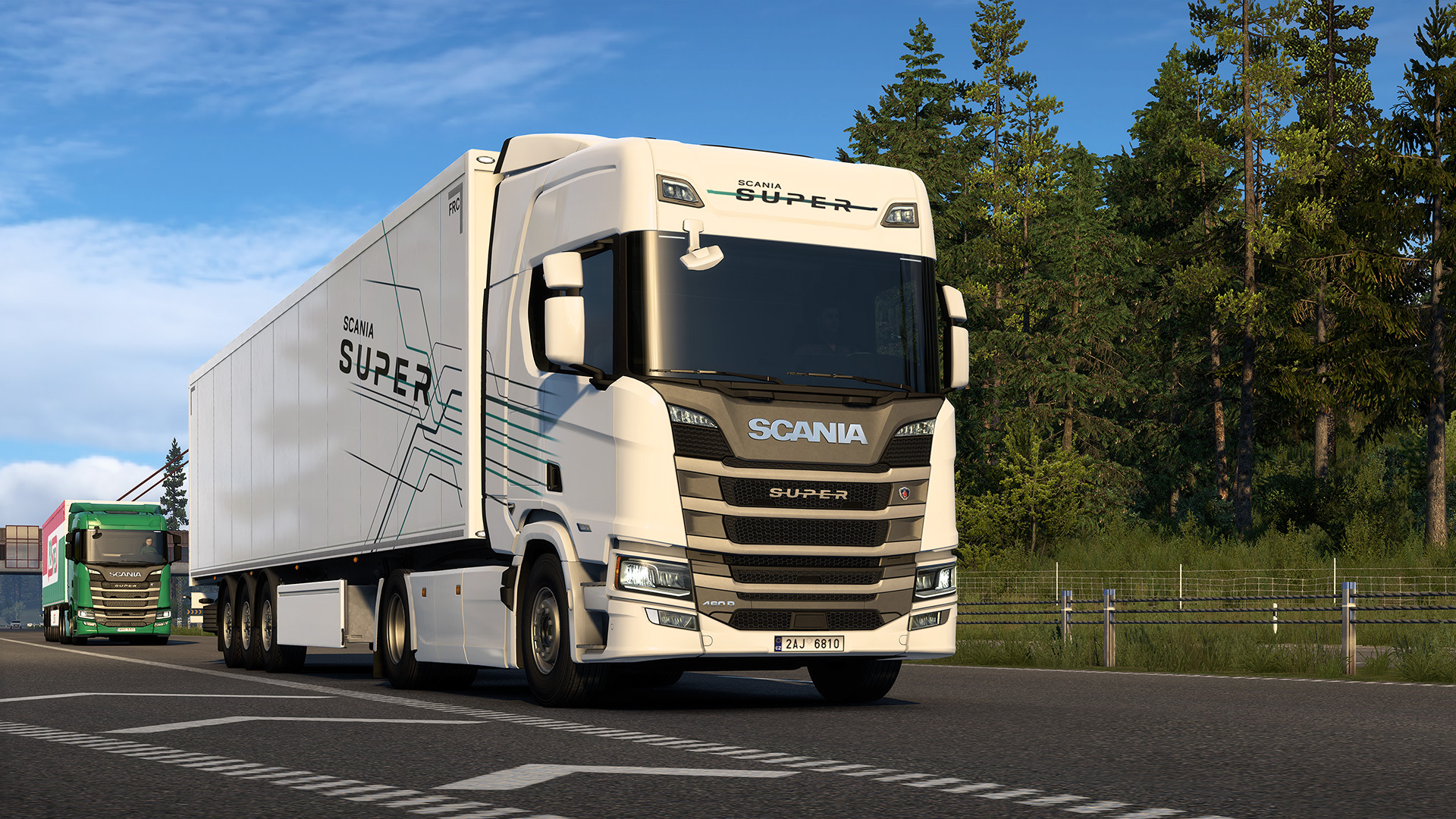
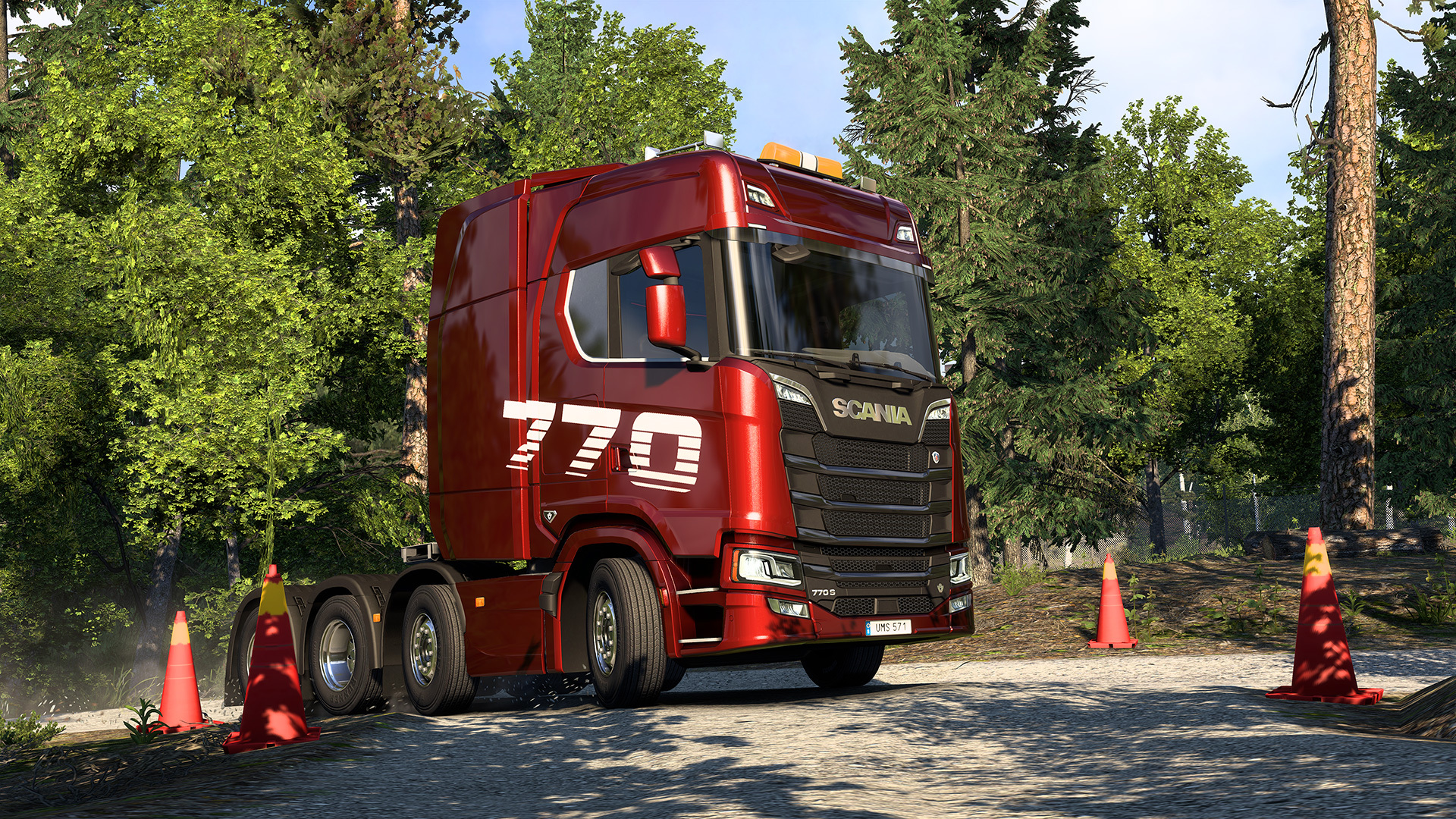
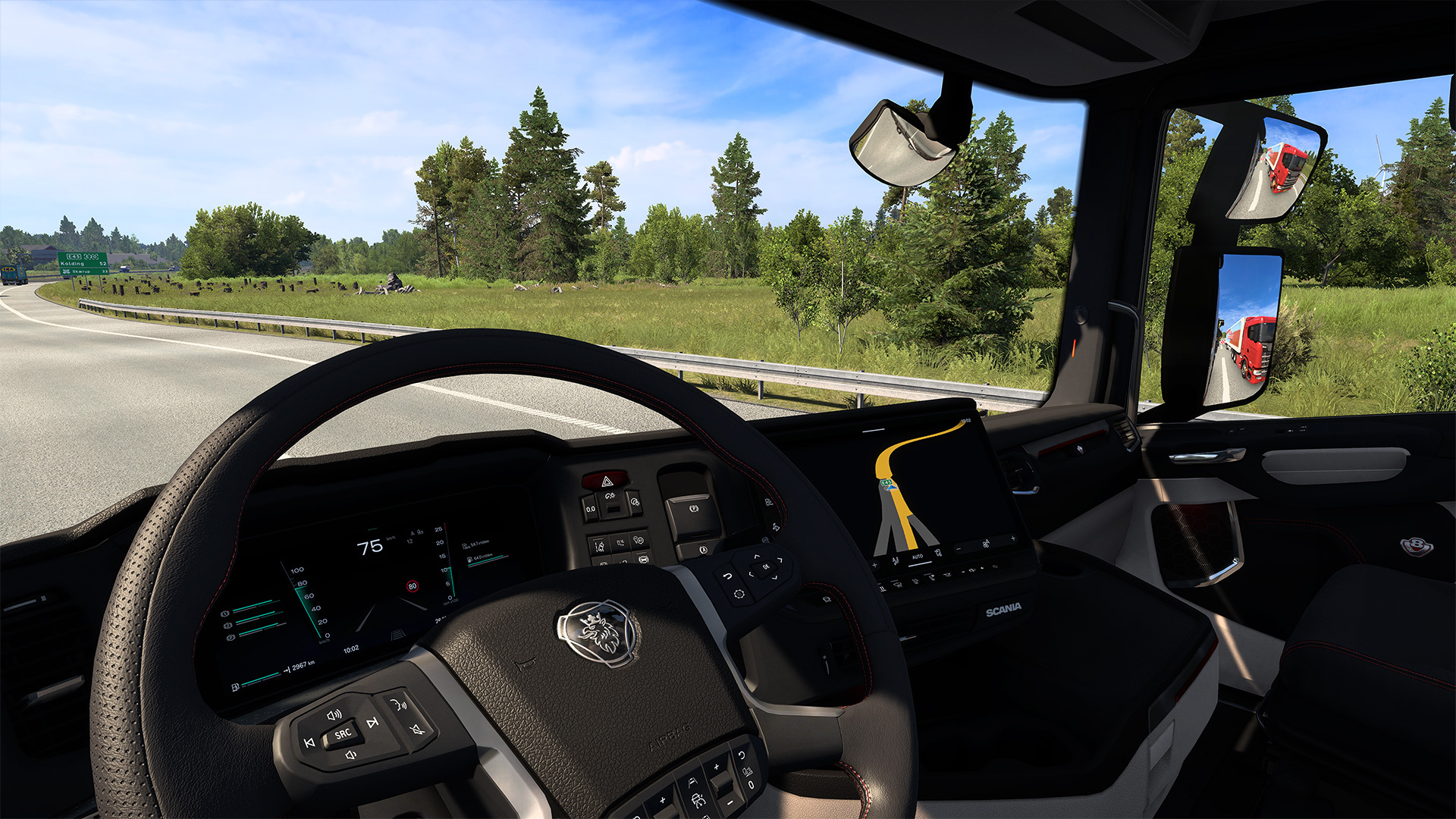

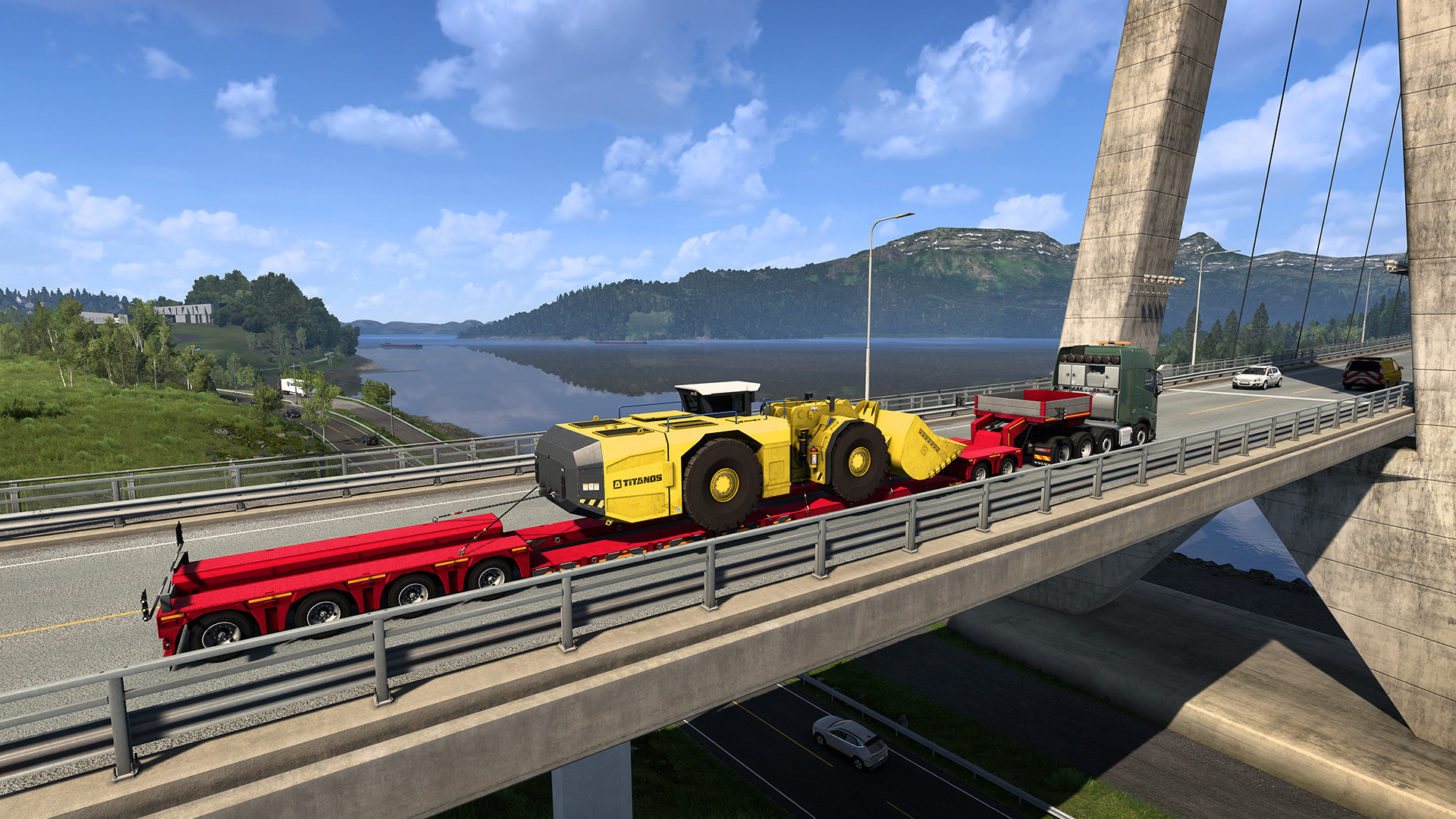
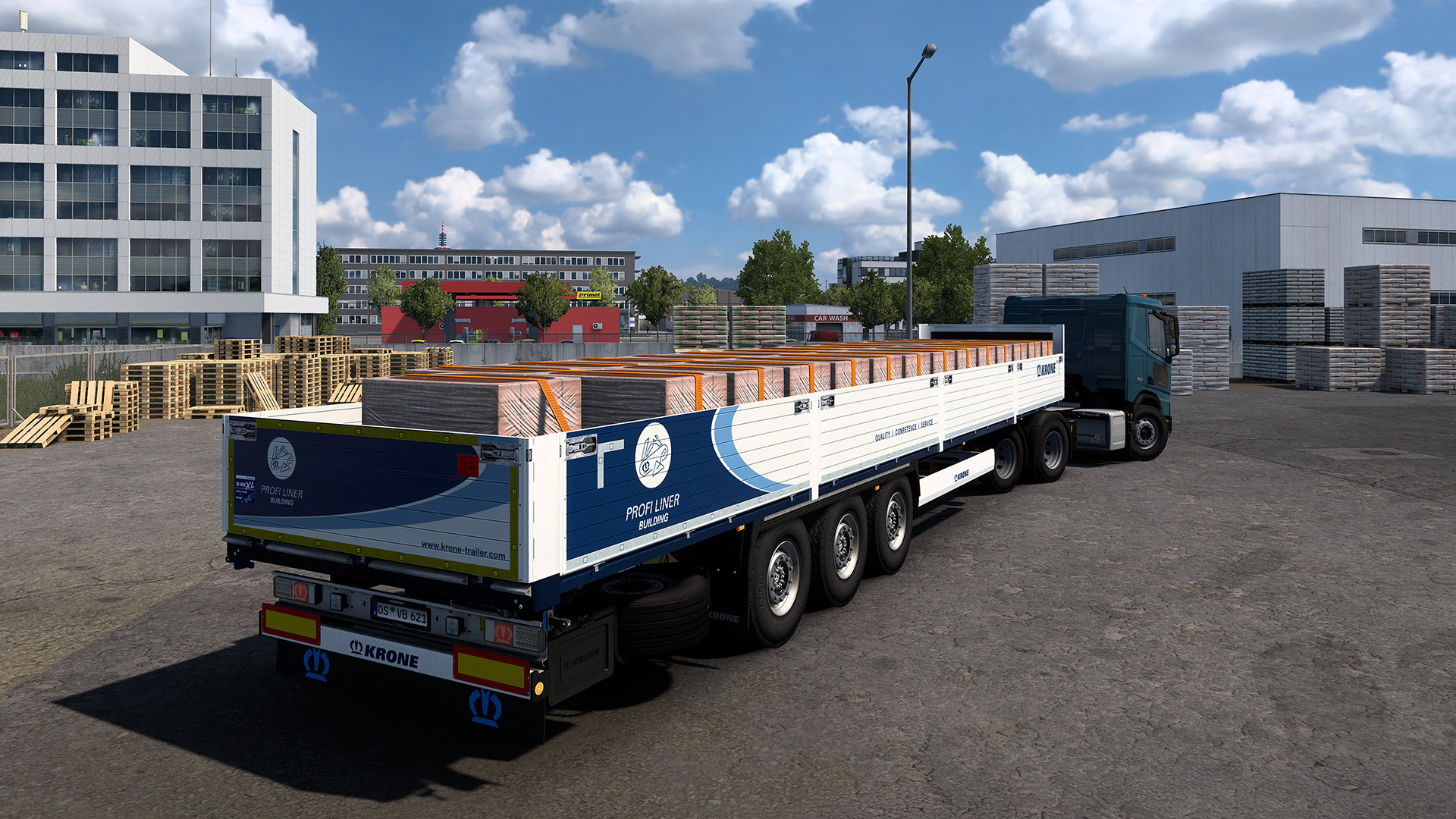

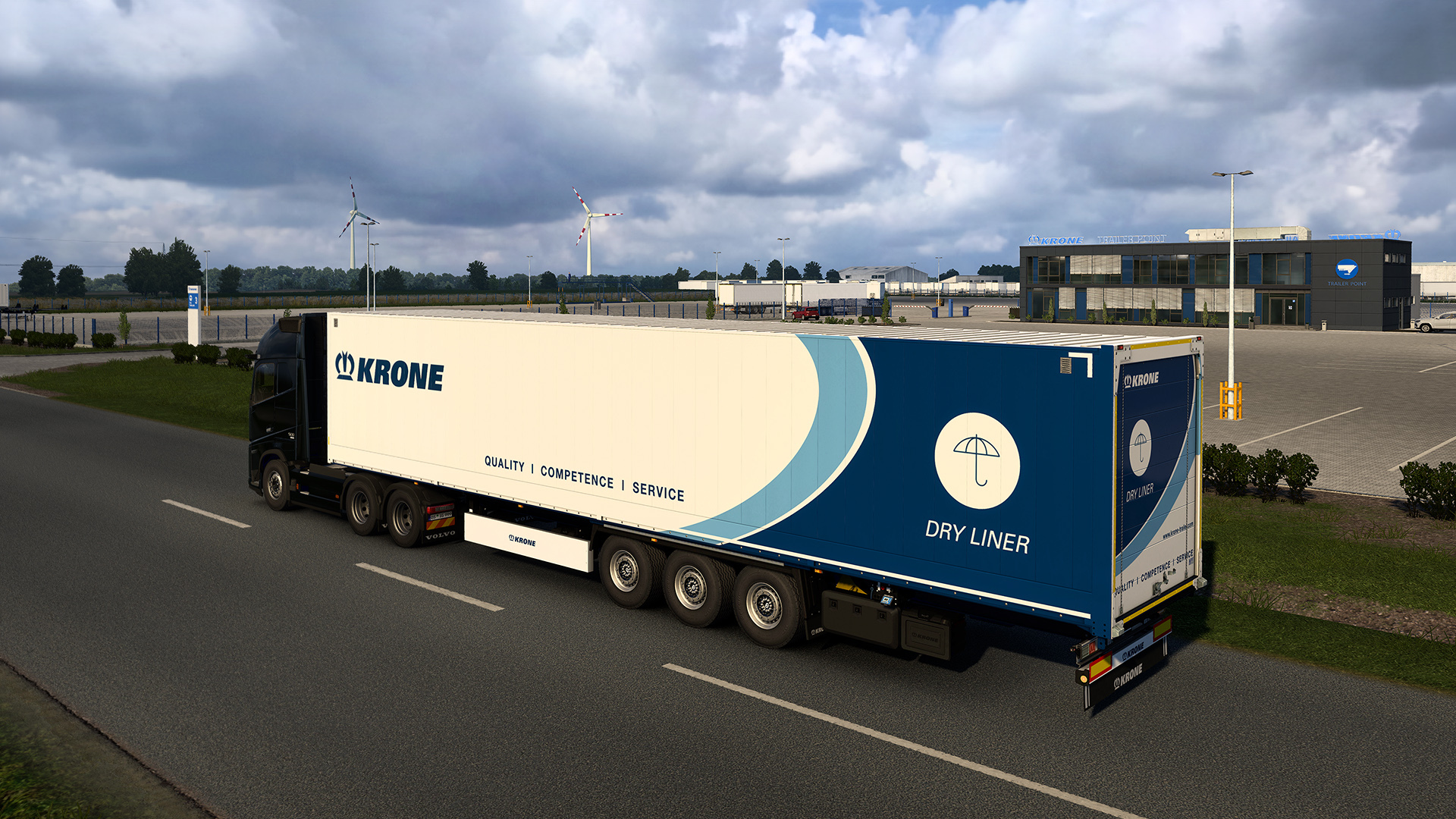

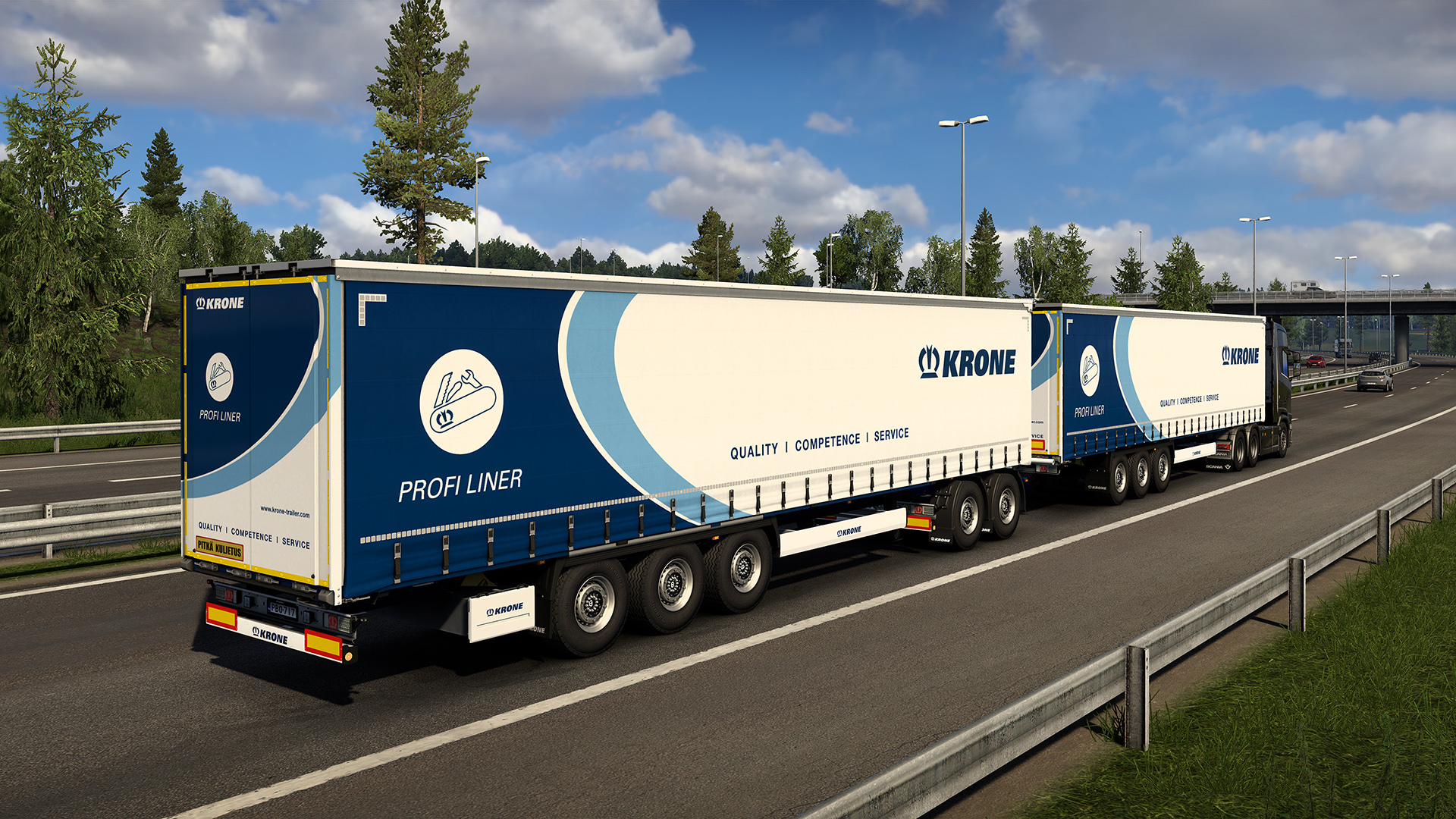
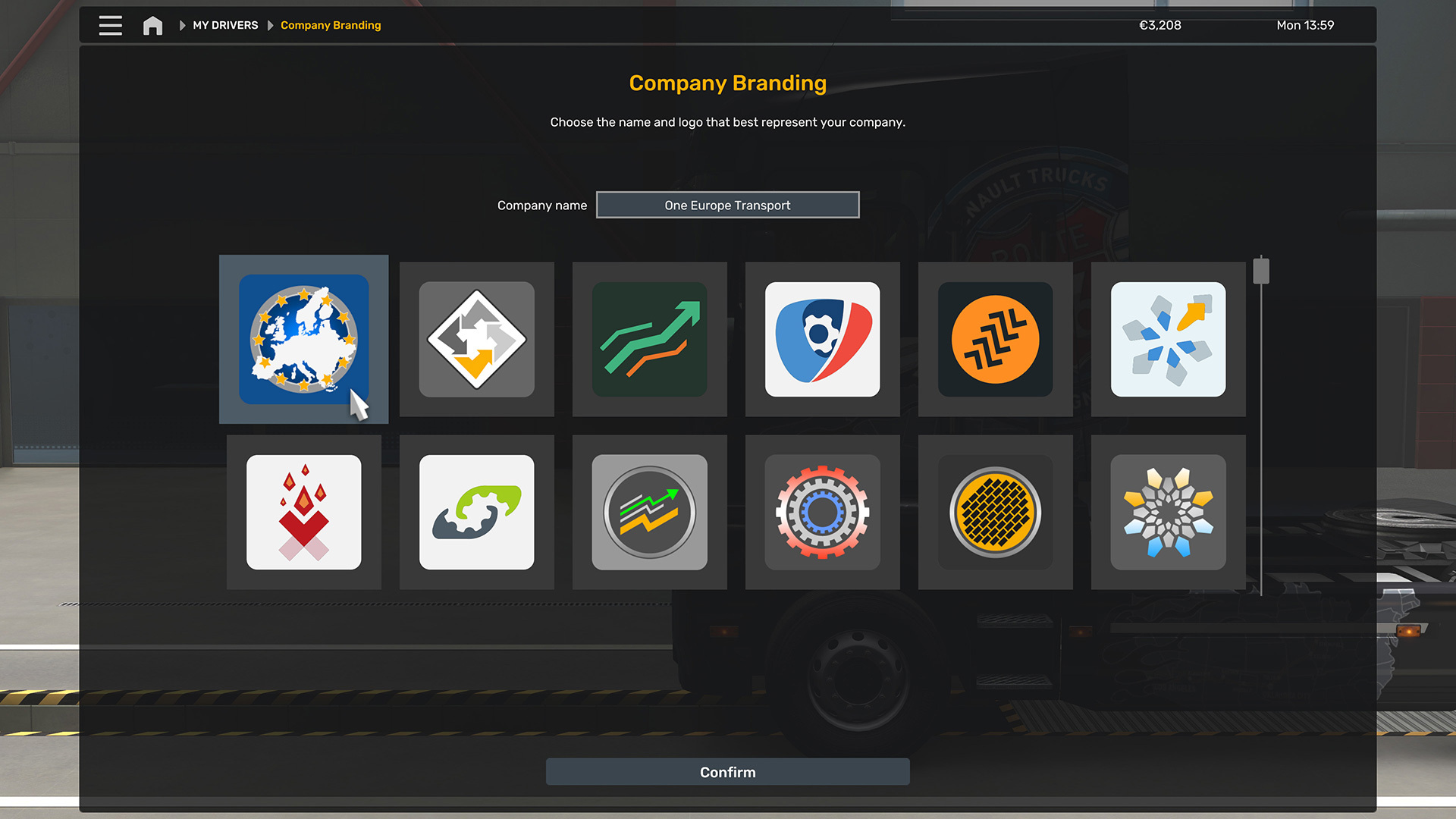


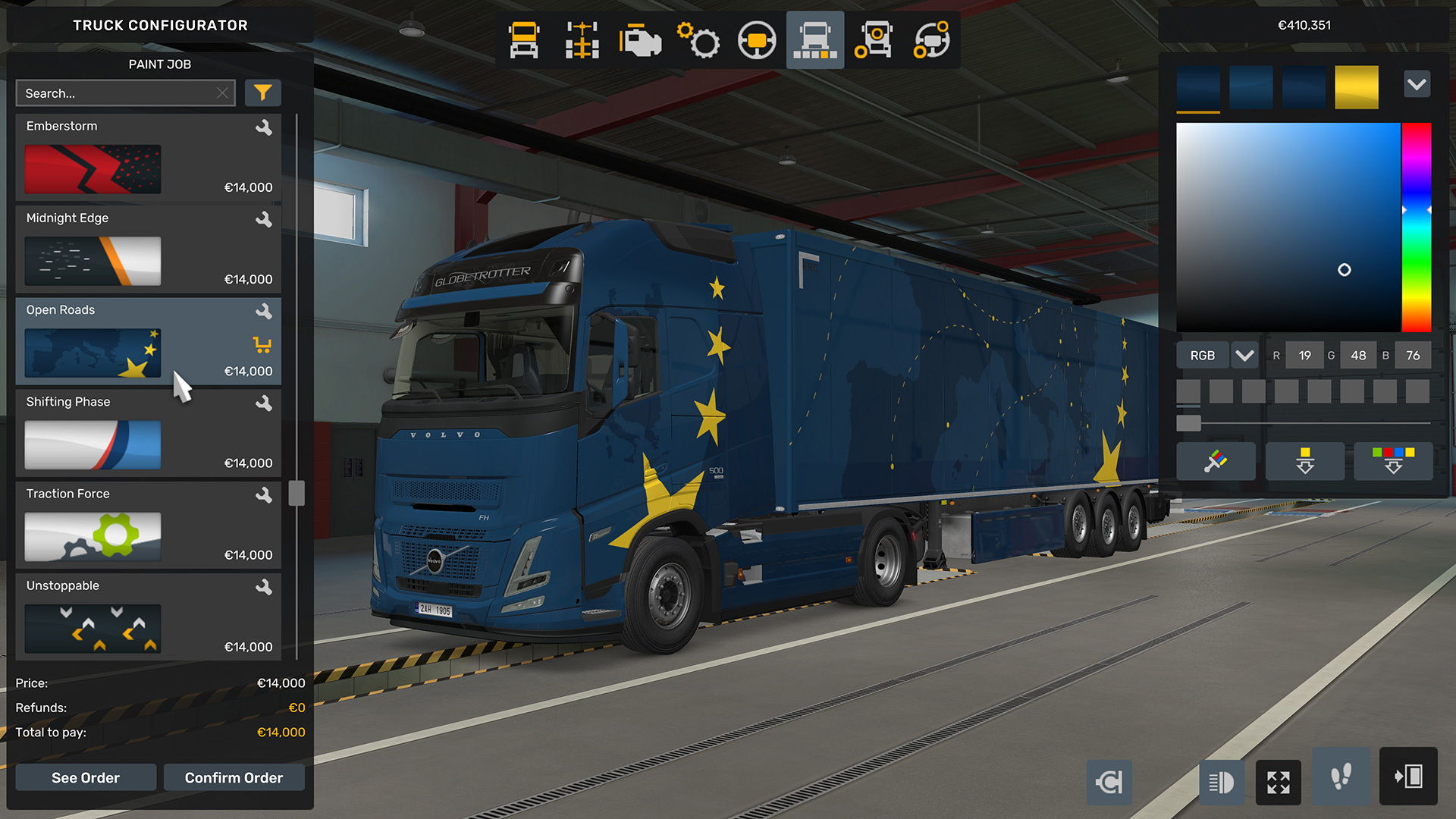
 Adjusting your trailer height can make all the difference when hooking up or making a delivery, and in this update, we're introducing a new feature to help with exactly that. Adjustable Trailer Suspension Height lets you raise or lower your trailer as needed whilst on the road.
Adjusting your trailer height can make all the difference when hooking up or making a delivery, and in this update, we're introducing a new feature to help with exactly that. Adjustable Trailer Suspension Height lets you raise or lower your trailer as needed whilst on the road.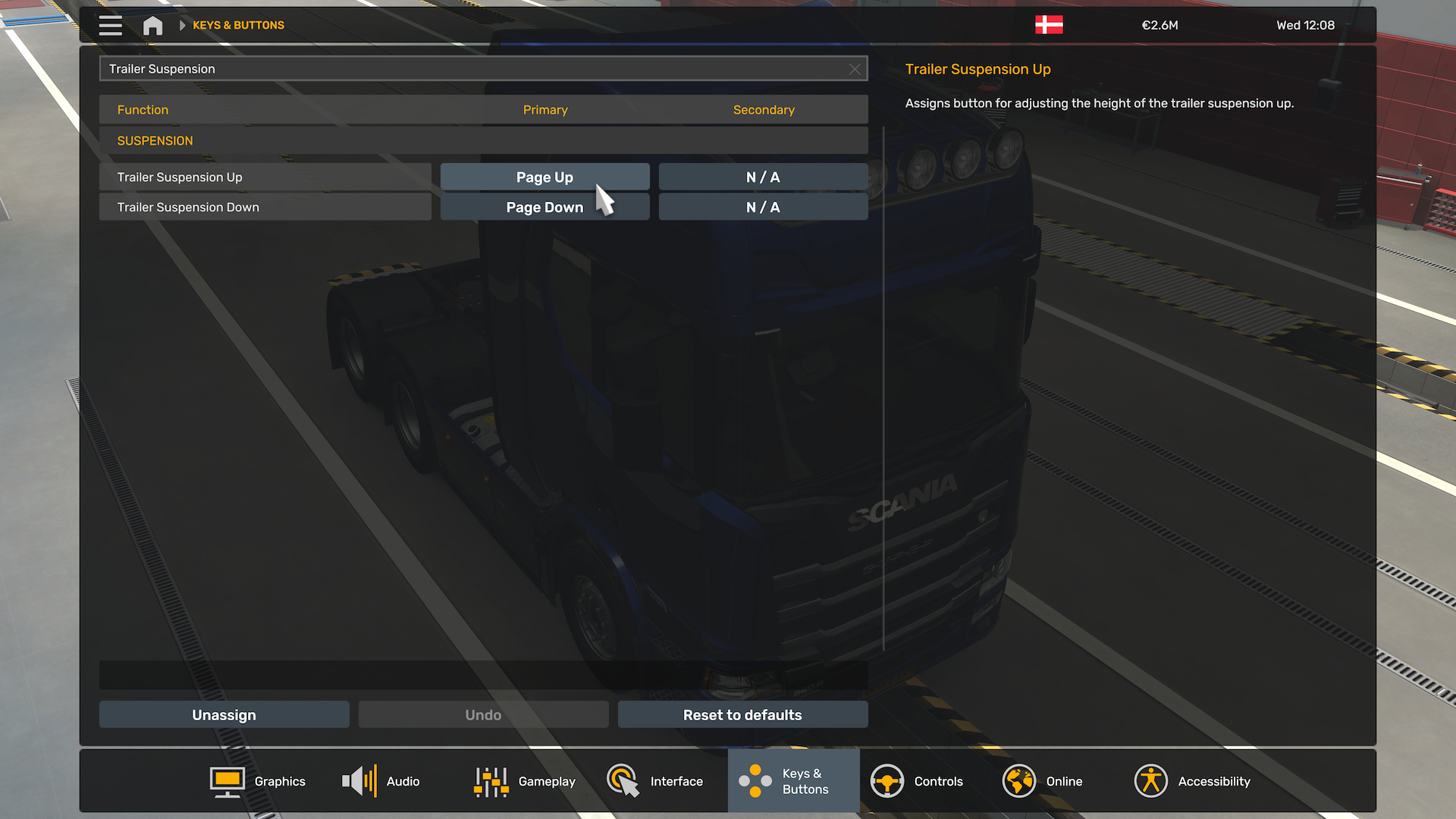 Much like the existing option for adjusting your truck’s suspension height, players can set up dedicated hotkeys in the settings to control the trailer suspension, giving you the flexibility to fine-tune the height whenever you need to. It’s a simple but practical addition that we hope you’ll find helpful!
Much like the existing option for adjusting your truck’s suspension height, players can set up dedicated hotkeys in the settings to control the trailer suspension, giving you the flexibility to fine-tune the height whenever you need to. It’s a simple but practical addition that we hope you’ll find helpful!










 2025 DUAL MONITOR SETUP (without NVIDIA SURROUND or EYEFINITY
2025 DUAL MONITOR SETUP (without NVIDIA SURROUND or EYEFINITY 


 Detaylı TruckersMP Rehberi (2025)
Detaylı TruckersMP Rehberi (2025) 

 Euro Truck Simulator 2 100% Achievement Guide
Euro Truck Simulator 2 100% Achievement Guide  ETS2 Guide: Basics, drivers, achievements, tips and tricks. [1.57]
ETS2 Guide: Basics, drivers, achievements, tips and tricks. [1.57] 



 Бесконечная аутентификация. Мое решение.
Бесконечная аутентификация. Мое решение.  Loading
Loading
